Read the exhaustive guide to dresses of the world to find the design for your event and body type. From shifts to tent dresses, wedding gowns to cocktail dresses, you can find it in this guide to the types of dresses.

Whether you call them dresses, frocks or gowns, you’ve probably worn a lot of them. You’ve worn the short ones, the long ones, the tight ones and the loose ones. You may have dreamed about a prom dress, a wedding dress or some other important dress you may one day wear. But did you know what any of them were properly called? There are many different types of dresses. And without this list, you’ll probably never be able to name them all!
Contents
- Types of Dresses (A to Z)
- A-line
- Apron
- Asymmetrical
- Baby doll
- Ball
- Bandage
- Bardot
- Bell sleeve
- Blazer
- Blouson
- Bodycon
- Bouffant
- Cape
- Coat
- Cocktail
- Debutante
- Dirndl
- Drop waist
- Empire waist
- Fit and flare
- Granny
- Halter
- Handkerchief hem
- Harem
- High low
- Kaftan
- Kimono
- Lingerie
- Little black
- Long Sleeve Dress
- Mantua
- Maxi Dress
- Mermaid
- Midi
- Mini
- Muumuu
- Peasant
- Pillowcase
- Qipao
- Sack-back gown
- Sheath
- Shift
- Shirtwaist
- Skater
- Slip
- Smock
- Squaw
- Strapless
- Sun
- Sweater
- Swing
- Tent
- Trapeze
- Tunic
- Wrap
- A World of Dresses
- The Dress Defined
- Where to Buy Dresses
- A History of Dresses
- FAQs
Types of Dresses (A to Z)
From that basic design of one piece of material come many variations. Hemlines vary from micro-mini to maxi dresses, including minis, midis, semi-formals, tea length and full length. The cut of the skirts includes the A-line, the bell, the pencil, the slip, and the cigar.
The sleeves can vary from none at all, as on a halter or tube style, to full-length sleeves. Between that are off-the-shoulder, shoulder, Bardot, short sleeves, pouf or bell sleeves, three-quarter length and thumb or fingerless mitten sleeves.
Various cultures contribute their own designs, crossing not just borders but oceans to reach foreign shores with their looks. Designs from Chinese, Japanese, French, Italian, Indian and various Caribbean cultures have become popular the world over and currently crowd American garment racks.
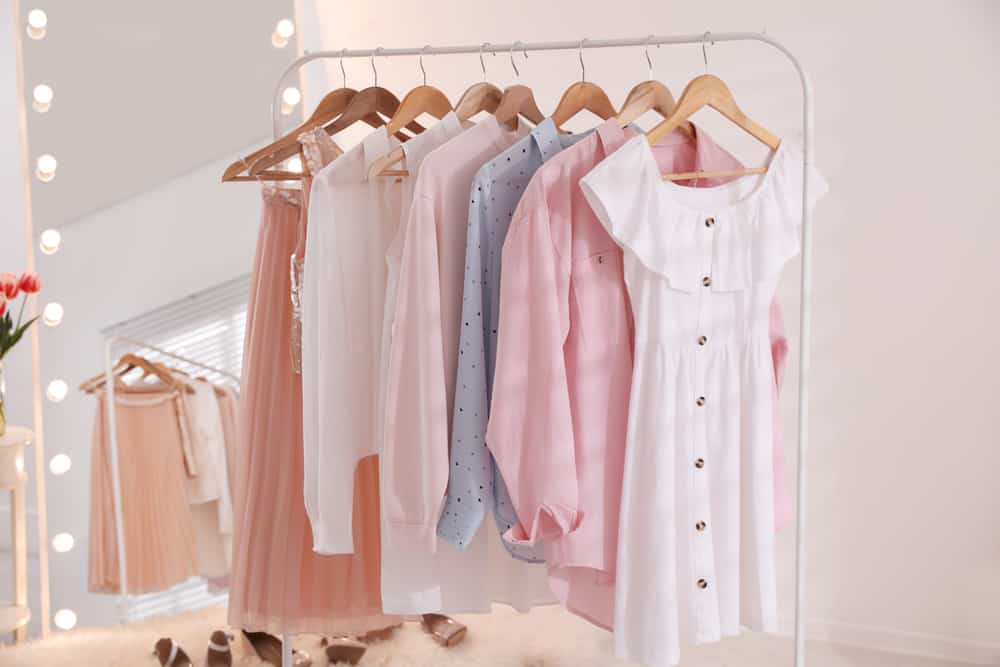
Just when you think designers have exhausted every possible idea, they debut something like the meat dress, styled from actual cuts of meat. Feather dresses have been a thing, too. In the 1960s and early 1970s, newsprint dresses became all the rage. Made of newspaper material, they did not last long but they proved entertaining if you were stuck for something to read while on the subway.
Gaultier created the conical bra shape for his bodices, while Nicole Moan uses ceramics for the corsets of her designs and their matching purses.
Typical materials include silk, satin, cotton, polyester, muslin, Lycra, lace, leather and pleather. Embellishments may include mesh, eyelet, beads, sequins, embroidery or ribbon.
A-line
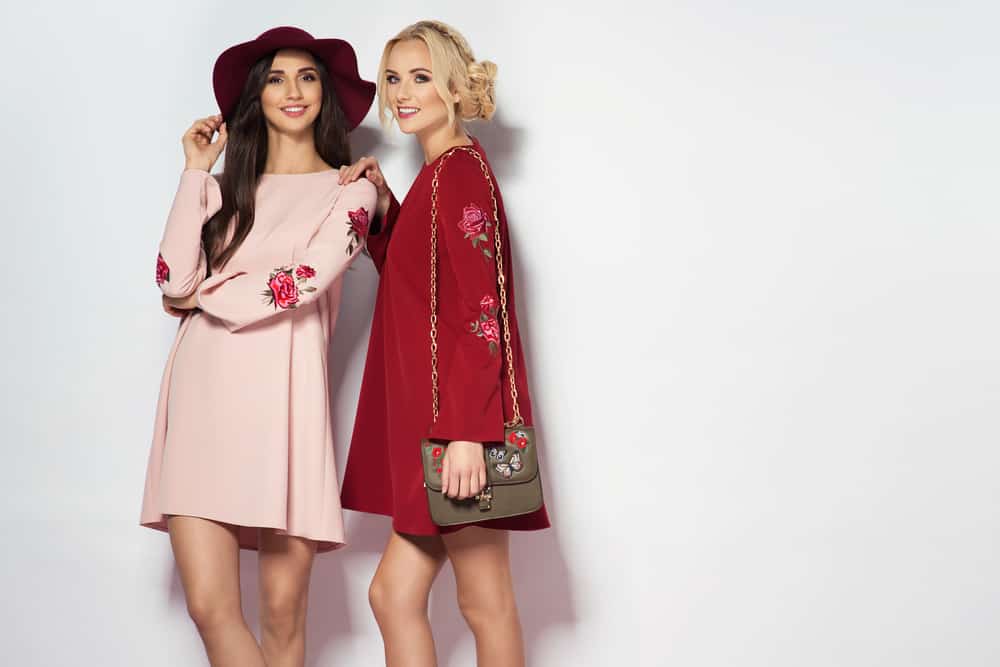
Christian Dior introduced the A-line dress in 1955. A full fashion line of these dresses wasn’t introduced on the fashion scene until 1958, when it was created by Yves Saint Laurent.
Style
The A-line dress has the shape of an A. It fits tightly around the shoulders and gently flares out through to the hem. The A-line typically falls to about mid-thigh but longer and shorter versions are made. What’s important is that A-shaped silhouette.
Apron
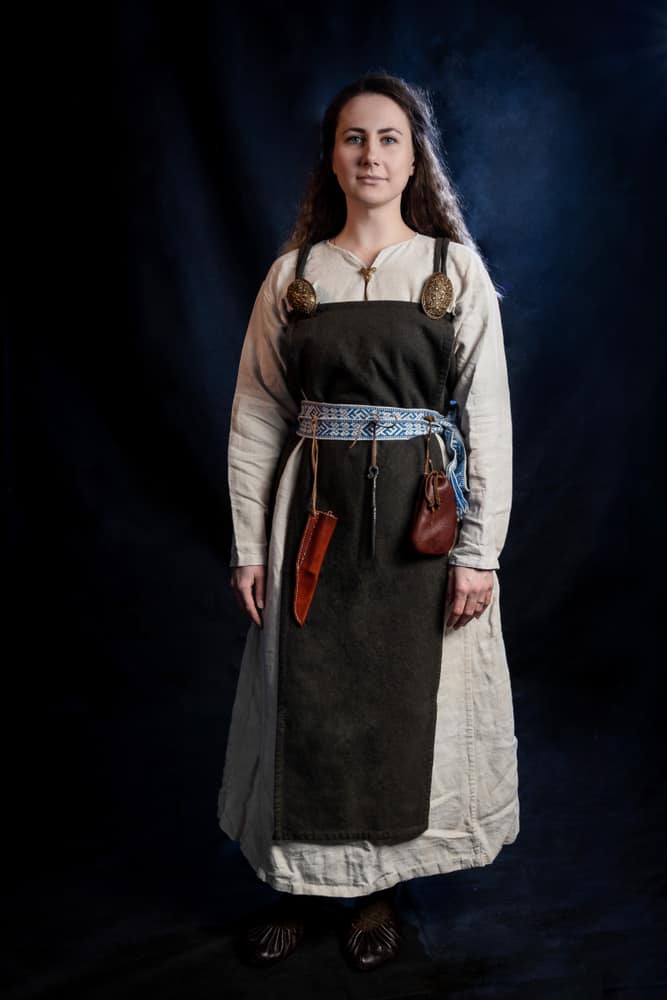
=> Check out 10 of our favorite apron dress picks here.
The apron dress is an instantly recognizable look that has very old origins. Also known as a pinafore, the apron dress is widely associated with Viking clothing. It often appears on reenactors and in movies as a common fashion choice. However, evidence suggests that the apron dress may be a modern invention…more like an interpretation of Viking clothing.
History
This clothing item probably evolved from an item worn in the 1300s, a sideless dress known as a surcote that was worn over another dress. The low neckline of the surcote created a look very similar to shoulder straps.
Style
The apron dress has a full skirt with a bib that extends up the chest. This overdress may be pinned into place or may have straps that go up over the shoulders. Apron dresses are also known as jumpers or jumper dresses.
Asymmetrical

=> Check out 10 of our favorite asymmetrical dress picks here.
The asymmetrical dress exploded onto the fashion scene in the 1970s, when Roy Halston released a series of dresses featuring slanted hemlines. Halston was inspired by ancient Grecian gowns, according to the Joy of Clothes. Asymmetrical dress designs are still hot in the fashion world.
Due to the vast variations, most body types can typically find an asymmetrical dress design that suits their frame.
Baby doll
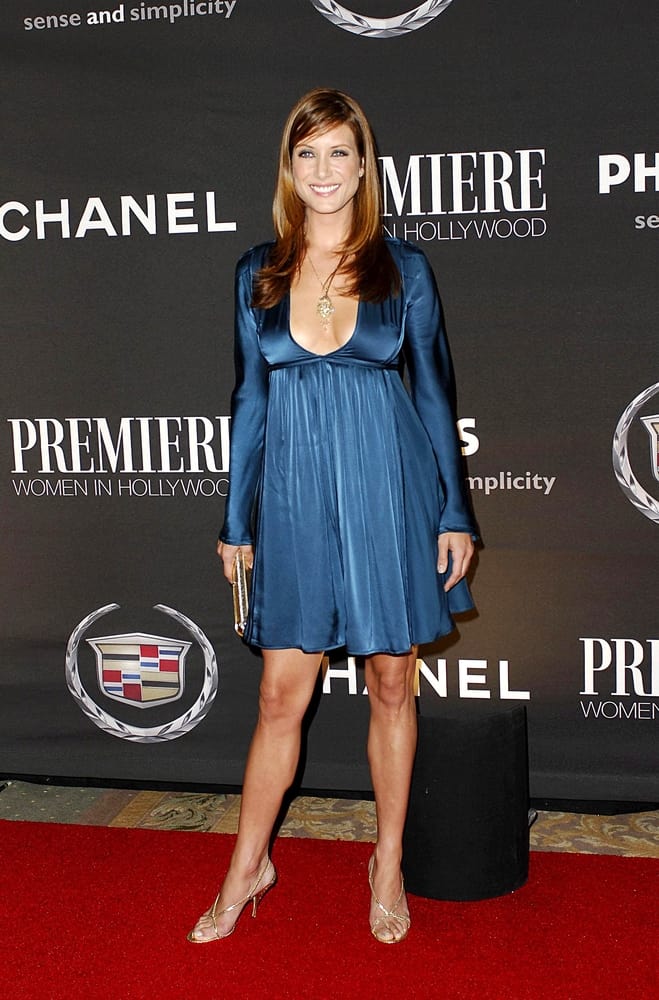
The baby doll dress, or babydoll, was a nightgown before it was a dress. The babydoll was designed by Sylvia Pedler in 1942. The shortened design was a direct result of fabric shortages during WWII, according to Glamour.
Style
babydoll dresses became daywear in the 1960s. This is when they adopted their signature look of long sleeves, short hems and high, empire waistlines.
Ball
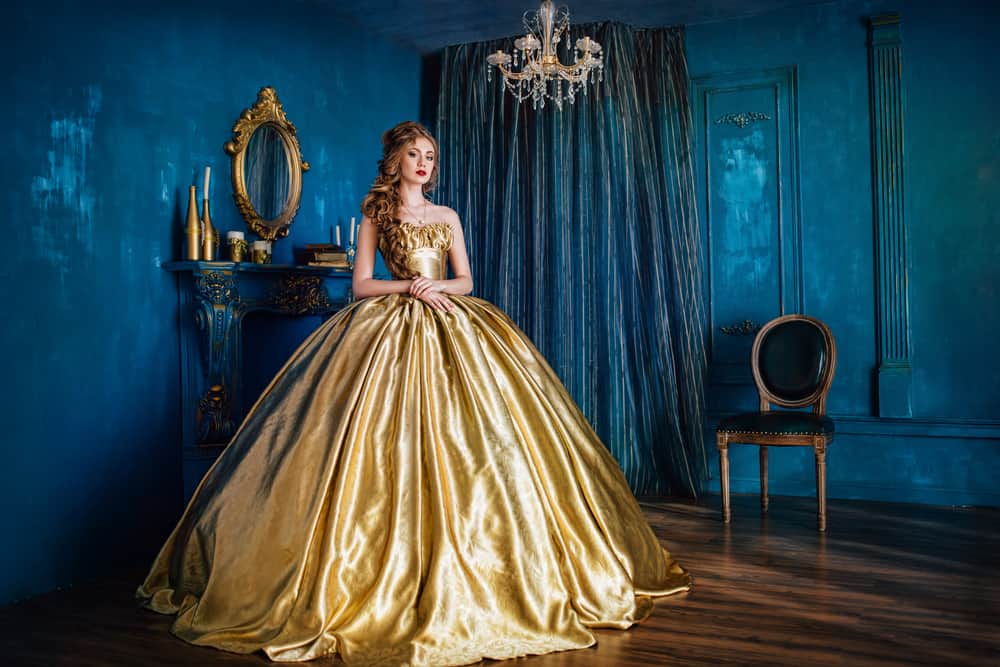
The ball dress, or ball gown, is a classic silhouette that’s so popular, it’s even been featured in fairy tales.
History
According to Love to Know, ball gowns date to the Middle Ages. The look was very popular in the 1800s when throwing balls was a celebrated pastime.
Style
Traditionally, ball gowns are sleeveless gowns with tight bodices and full, wide skirts. Ball gowns are often very elaborate and worn for the most formal events. The ball gown silhouette is a popular wedding dress style. Because of the silhouette’s association with Disney characters, the ball gown is also known as the princess dress.
Bandage

The bandage dress was a hot look in the late 1990s, right after it was created by Herve Leroux, who would later become Herve Leger. Sexy stars like Cindy Crawford wore the form-hugging, tight bandage dresses, so named because they look like bandages wrapped tightly around the body.
But this dress exploded on the style scene again in the 2000s, hugging the bodies of huge stars like Lindsay Lohan, Kristen Stewart and Kate Winslet. Designers took the bandage dress to the next level at this time, creating full-length styles in addition to the standard short, minidress designs.
Bardot

The Bardot dress can be any length and have any style of waist. It can be sleeveless or have long sleeves. The Bardot dress can be just about any style, so long as it has the one feature that makes it a Bardot: it’s off-the-shoulder. The wide-open, off-shoulder Bardot neckline picked up this name in the 1950s thanks to screen star Brigitte Bardot. She often wore the style and popularized the look of the off-the-shoulder dress.
Style
Any dress that is off-the-shoulder is a Bardot dress, though it may also be many other types of dresses as well.
Bell sleeve

Bell sleeves, or flared sleeves, are an ancient style. This look dates to at least 700s Japan, when dramatically flared sleeves finished off the kimono designs of the day. Bell sleeves are perhaps most associated with the medieval era, when flared sleeves were a huge part of fashion. Royals wore the biggest, most elaborate bell sleeves as a symbol of their wealth and rank. The sleeves were often trimmed in fur to add to their luxurious look.
History
Bell sleeves have really been a part of fashion for centuries, always lingering somewhere in the world style closet and reappearing here and there as a classic and often-copied design element. Bell sleeves hit another high in the 1970s, when bell bottom pants were all the rage. The bell sleeves and bell bottoms were a perfect style marriage. Bell sleeves became a popular addition to peasant-style dresses as well.
Style
Any dress that has bell sleeves can be called a bell sleeve dress, despite its length or overall style. Bell sleeves are now a fashion classic that never fully goes out of style and always seems to become super-trendy every few decades or so. Keep your bell sleeve dresses handy because at any moment, they may become the hot look that everyone wants to wear.
Blazer
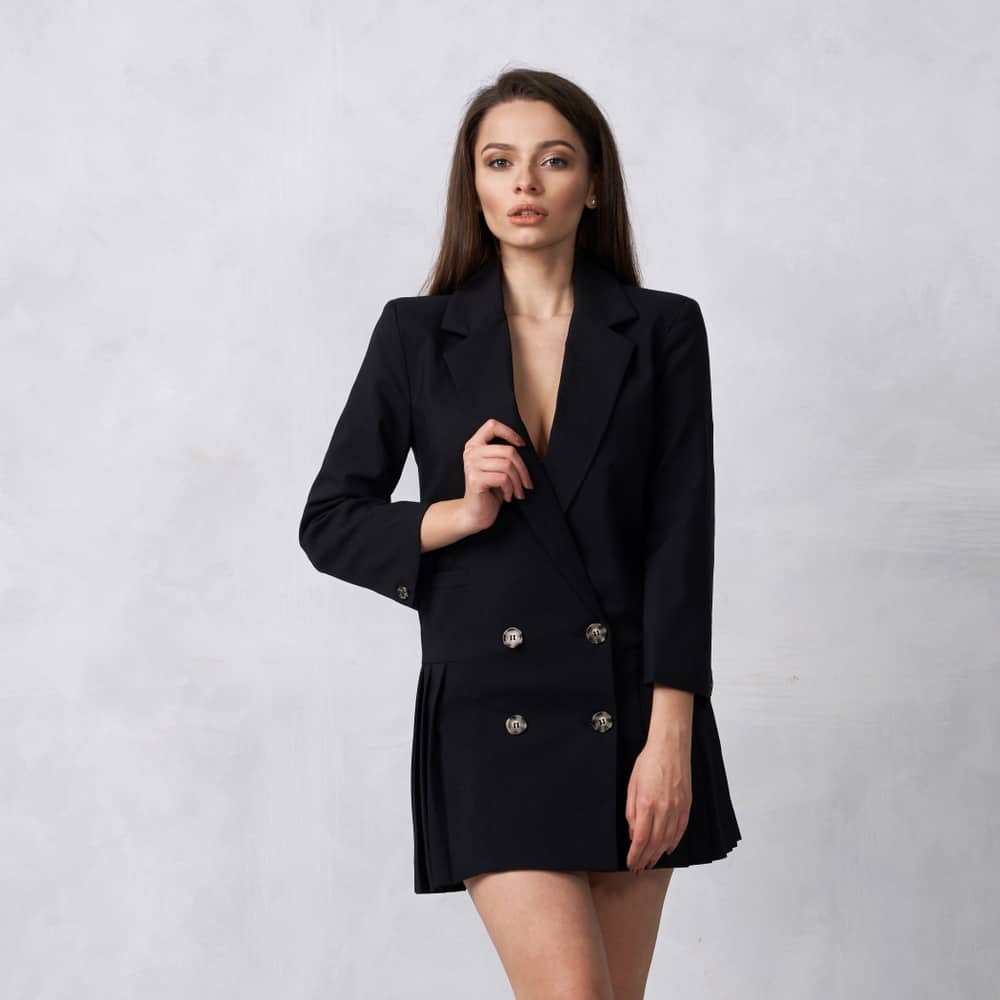
=> Check out 10 of our favorite blazer dress picks here.
A relative newcomer on the fashion scene, the blazer dress, or blazer-dress, is styled with a bodice that looks like a buttoned-up blazer. Usually, the blazer dress sits at about mid-thigh, though the hem can be all the way to ankle-length. This can be a casual dress or a professional dress, depending on how you style it.
Blouson
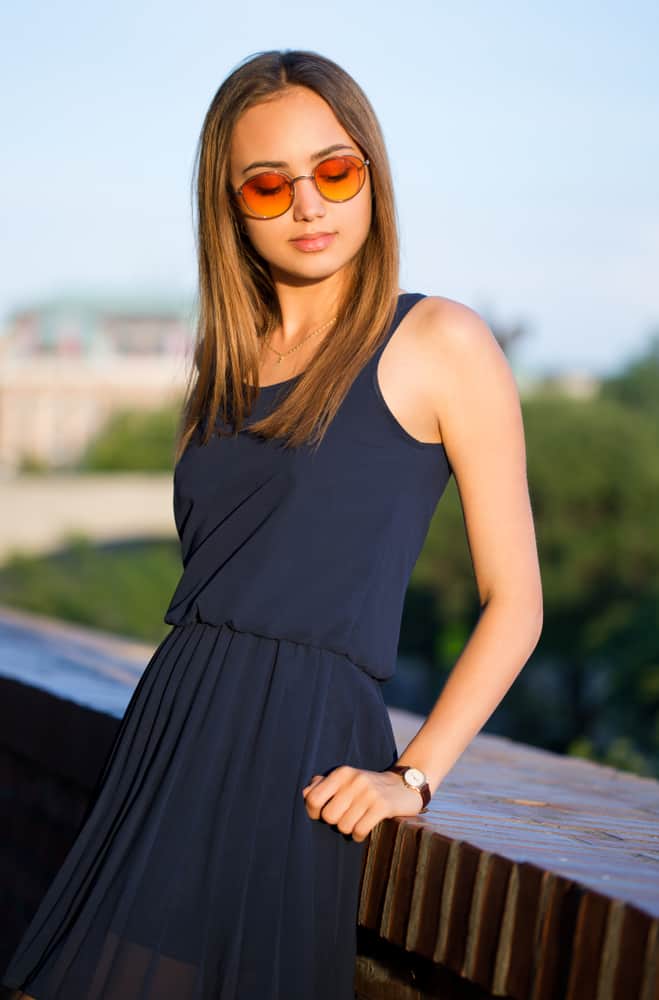
=> Check out 10 of our favorite blouson dress picks here.
Blouson dress styles are cinched at the waist with a loose bodice that blouses up over the waistband. Blouson dress styles are often loose, drapey and breezy and may be made in any style of length. What’s important is that blousy bodice and cinched waist. This is what makes a blouson dress a blouson dress.
Bodycon

Like the bandage dress, the bodycon dress is very form-fitting and figure-hugging. In fact, the two styles are often mixed up. However, there are some differences between these two types of dresses.
Style
Bandage dresses are made in designs that look like strips of fabric wrapped around the body to achieve a form-fitting look. Bodycon dress styles are form-fitting in any fabric that does not have the bandage look. Unlike bandage dresses, bodycon dresses do not provide any support for the curves of the body. Bodycon dresses do not fit quite as tightly as bandage dresses, though they do trace and hug the figure.
Bouffant

=> Check out 10 of our favorite bouffant dress picks here.
The bouffant dress may have any bodice style. It’s the skirt of the dress that creates the bouffant style. This is a full skirt that poofs out away from the body at the waist, flaring out through the length of the dress. This style is achieved through multiple layers of fabric and is usually gathered to create the poofy silhouette.
Cape

Cape dresses can be made in any style, any length, any fabric. The only thing a cape dress must have is, of course, a cape. This is a very classic look that has been seen on celebrities and royals through the last few decades, with many famous faces stepping out in daring cape dress styles. When you want to make a stunning im[pression at a formal event and you’re feeling super fashionable, a cape dress is the perfect choice.
Coat
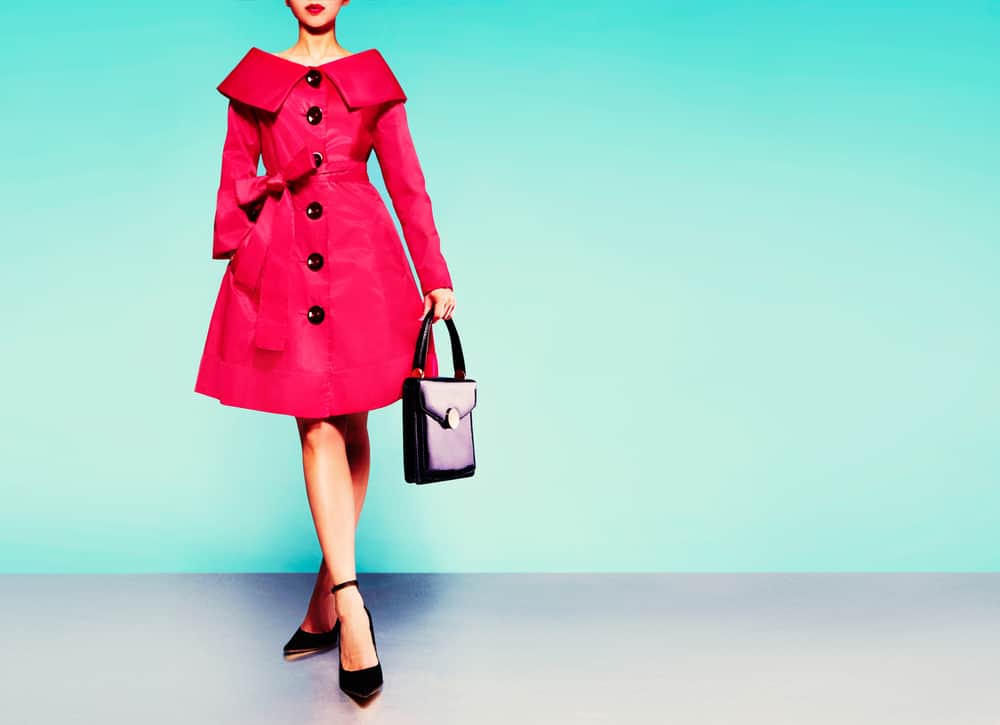
The coat dress or coatdress dates to around 1914. The bottom of the dress has a standard skirt in any length but the bodice of the dress resembles a single or double-breasted coat, according to “The Dictionary of Fashion History.” This style often features lapels. The coat dress is similar to the blazer dress.
Cocktail

=> Check out 10 of our favorite cocktail dress picks here.
The cocktail dress represents a unique time in history, an important moment where fashion and feminism collided. It was the 1920s and women were breaking away from the full-length skirts and buttoned-up dresses of the Edwardian era. They were breaking fashion norms with shorter hemlines and engaging in behavior that was not “ladylike” in the past, like drinking cocktails in public. The cocktail dress was the result of these changing conventions and it’s still an extremely popular fashion staple.
History
Women were starting to break out of the restrictions of the past and take important steps toward equality in the 1920s. They had secured the right to vote and they were ready to start wearing the fashion they wanted while they started doing what they wanted, including having cocktails while wearing fashionable frocks.
Short cocktail dresses worn with matching hats, shoes and gloves became the standard evening look for fashionable women of the decade. Between 6 to 8 pm every evening, women put on their cocktail dresses to step out for a night on the town. Dior officially named the early evening dresses “cocktail” dresses upon releasing a version of the popular dress type.
Style
The cocktail dress continued to be worn through the decade and it’s still a major player in the fashion game. No fashionable woman’s wardrobe is complete without at least one cocktail dress. In traditional designs, cocktail dresses are made with fine fabrics, like silks and satins. They are usually around knee-length and form-flattering. Cocktail dresses are often made in sheath styles and sleeveless designs.
Modern cocktail dresses are not typically styled with matching hats, gloves and shoes like they were in the 1920s, though they may be designed with matching jackets or other accessories. They are typically fitted dresses in dark colors. This is the perfect dress for date night or a night out with the girls.
Debutante

Once, terms like “debutante” and “debutante ball” were commonplace. This has become something of an old-fashioned concept now but there was a time when debutante dresses, or debutant dresses, were very popular.
History
The idea of a young woman making her “debut” in society as being eligible for marriage became common in the late 1700s. This is when Queen Charlotte, wife of King George III of England, began introducing young women at the royal court. These women became known as “debutants.” In the early 1900s, debutante balls were very popular in the U.S.
Style
The classic look of a debutante dress is a simple strapless evening gown. Bold colors are not common. These dresses are usually a soft pastel color but are most often white. Usually, the dress is worn with long white gloves. Debutante dresses are often styled with a sweetheart neckline, which looks like the top curves of a heart.
Dirndl
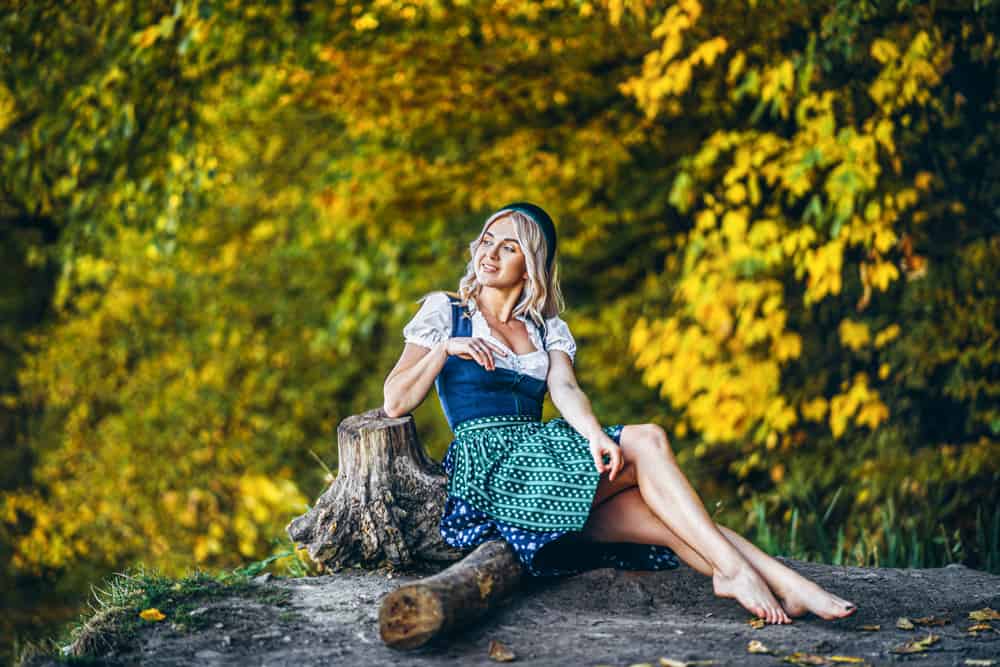
You may not know the name of the dirndl dress but you have definitely seen one before. This dress is strongly associated with German culture and it’s instantly recognizable. But the real story of the dirndl may just surprise you.
Style
The dirndl has a tight bodice, long sleeves and a skirt that is calf-length to floor-length. The dress is only complete when the apron and shawl or jacket is added. Though the dress is often associated with a country look, the dirndl dress actually caught on in German cities first.
Drop waist
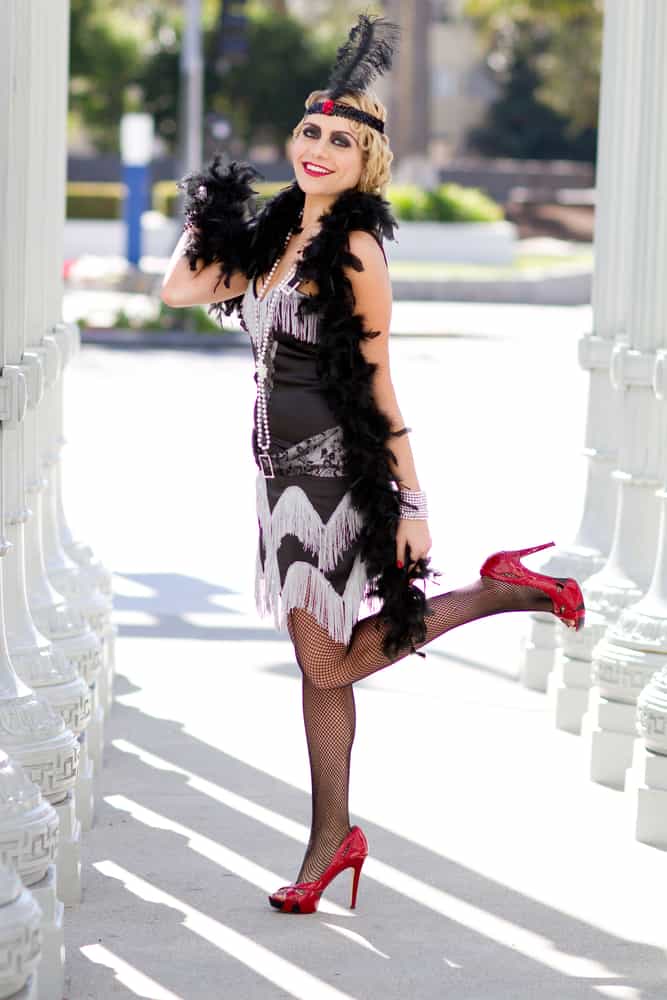
The drop waist dress, also known as the flapper dress and the low waist dress, is most associated with 1920s fashion. The waistband of the dress falls past the natural waist, down to the hips. This was an extremely popular look in the 1920s. The drop waist dress had its heyday in this decade but it still appears from time to time, a now-classic piece of fashion that sometimes appears on celebrities and fashionistas of all kinds.
Empire waist

The Empire waist dress style became popular in the late 1790s. This is the type of dress that women in Jane Austen novels wore. The look was everywhere in the early part of the 1800s, a style that was inspired by classic Greece.
Style
Empire waist dresses have a high waistline that sits just under the bust line. The rest of the dress is long and flowing. This look was inspired by the Grecian dress of 2,000 years before: long, flowing, draping clothing styles. Empire waist dresses typically have a low neckline and short sleeves. This silhouette is still popular in evening dress styles and is used for wedding dress looks.
This dress works well for petite women, as it creates the illusion of height. Since it focuses on the area just beneath the breasts, it can also work to make a heavier woman appear more slender since the material beneath the bust line flares out and swirls around the hips without fitting snugly.
Fit and flare

Is there a type of dress that looks good on every body type and won’t ever go out of fashion, it’s the fit and flare dress. This simple silhouette will never let you down and it’s a perfect all-around dress for whatever you want to do.
Style
The fit and flare dress, also known as the fit-and-flare dress, has a close-fitting bodice and that flares out wide at the waist. This silhouette covers a multitude of sins. It’s also fashionable and stylish for daywear or evening wear. This dress may have short sleeves, long sleeves or even no sleeves and can be any length. This is a popular prom dress style.
Granny

The granny dress is a very distinct style that is perhaps most associated with long nightgowns. These dresses are loose-fitting everywhere, with long sleeves, an ankle-length hem and a high neckline. They are typically made with light-colored fabrics and are often adorned with ruffles and/or lace. These dresses were actually popular in the 1960s and 1970s.
History
Laura Ashley popularized the granny dress look in the 1950s, selling the style in the Welsh countryside. The trend made it all the way to California.
Halter
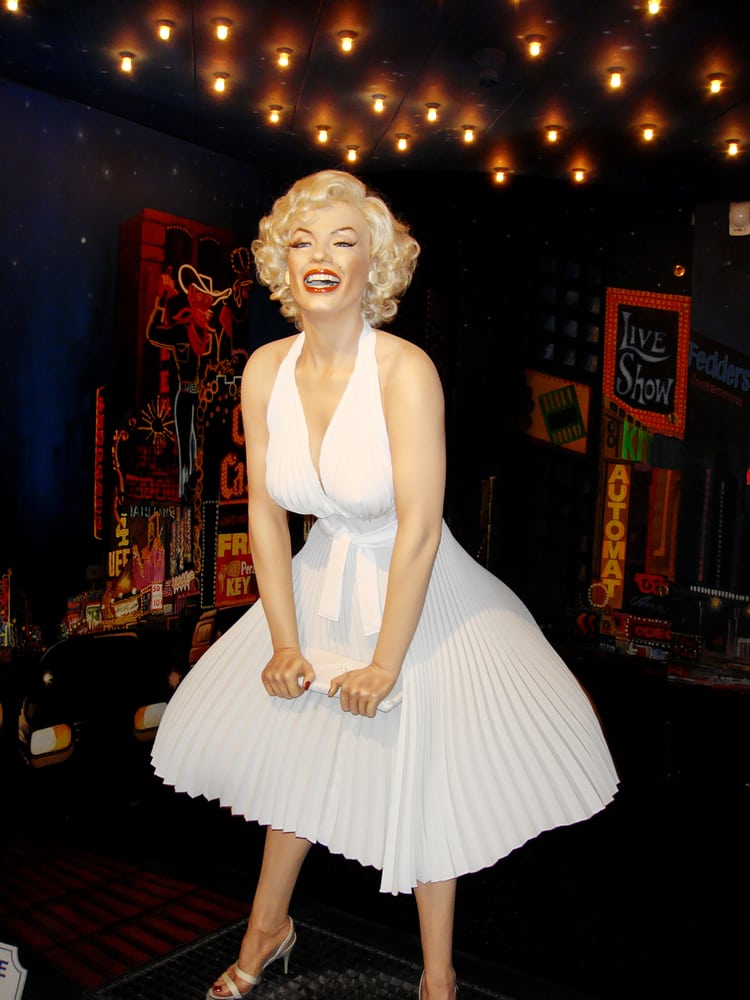
=> Check out 10 of our favorite halter dress picks here.
The halter dress is one of the most recognizable dresses in all of fashion history. This dress is pretty much Marilyn Monroe’s co-star in one of the most well-known and most-reproduced movie scenes in all of history. Marilyn wore a white halter dress in the film “The Seven Year Itch.” A scene where the flared skirt of the dress blows up to reveal Marilyn’s legs has been seen by millions. Many cannot name the film that created this scene…but everybody knows that dress.
History
The halter neckline was extremely popular in 1970s disco fashion and it was the height of sexiness after Marilyn wore it in the 1950s. But this style actually dates to the 1920s.
Style
The halter dress is distinct for its bodice, which leaves the arms and shoulders totally bare. The halter neckline often goes up to the neck, where it is finished off with straps that wrap around the back of the shoulders. However, in some designs, the halter may be very low-cut and revealing.
Handkerchief hem
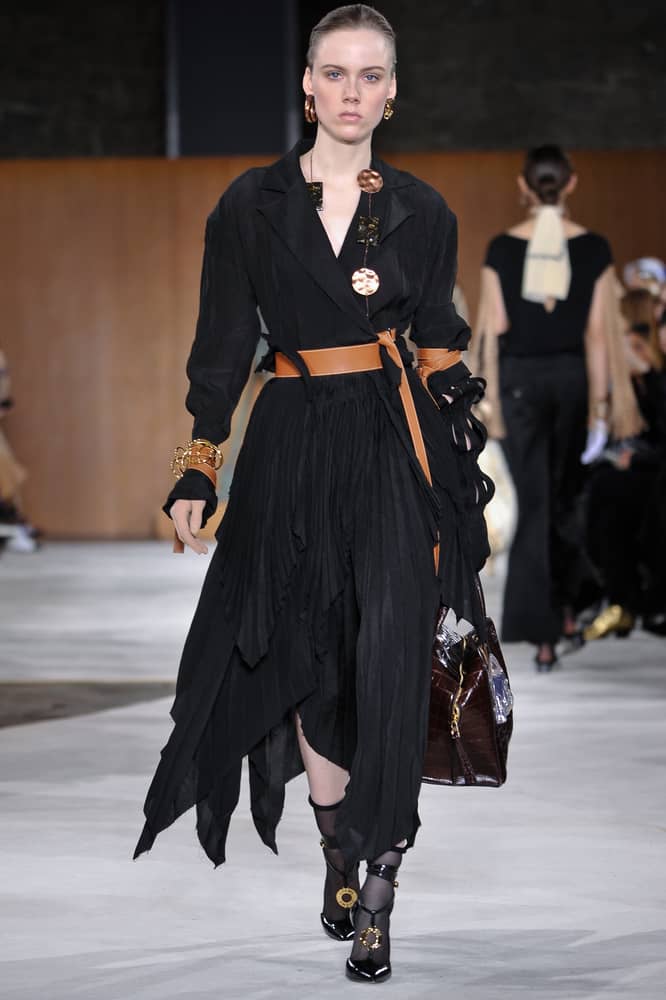
The handkerchief hem dress, or simply handkerchief dress, has a jagged hemline with multiple points of fabric that create an asymmetrical line. The hem looks as though it’s made from different handkerchiefs. Any type of dress can be made with a handkerchief hem, which adds a bit of an edgy, modern flare to any dress design.
Harem
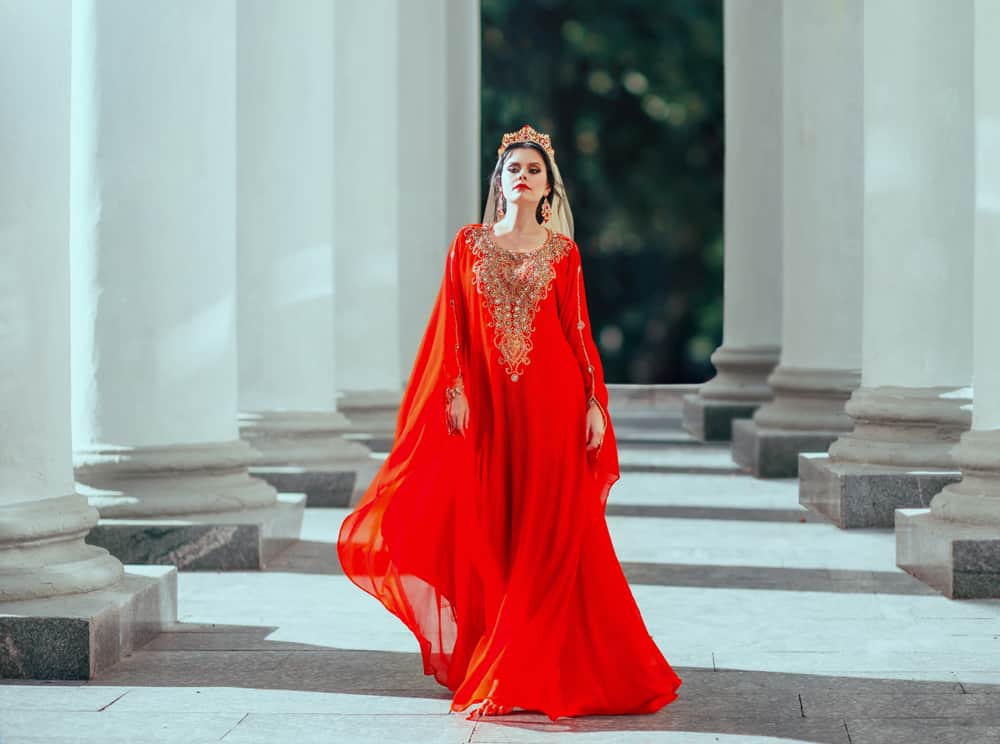
The harem dress looks like an ancient design and in fact, probably is. But the first known use of the term harem dress as both a style and a word dates to the early 1900s. The harem dress is a full, loose-fitting dress.
High low

=> Check out 10 of our favorite high low dress picks here.
The high low dress, also known as the high-low dress and mullet dress, has an asymmetrical hem that is shorter in the front and longer in the back. Sometimes, this difference is only very slight. In other high low dress designs, the length difference between the front and back may be extreme, with a very short front and a long, trailing train in the back.
History
The high low look has a very modern feeling to it thanks to that asymmetrical hem, a look that’s easy to associate with today’s styles. But this dress style actually dates to the later Victorian Era. High low hems were worn as early as the 1870s. High low hems caught on again in the 1920s and 1930s. The high low hem has never fallen totally out of fashion since.
Kaftan

The kaftan, or caftan, is worn around the world because it’s a loose, comfortable dress that’s drapey and pretty. But in one part of the world, this dress has a very special cultural meaning.
History
The kaftan comes from Morocco, where it is worn only by women for everything from an everyday outfit to a formal evening look. This dress dates to at least the ninth century, making it a truly ancient dress style.
Style
The kaftan is such a popular style that the word is often applied to many types of Middle Eastern dresses and long tunics. A true kaftan dress looks like a long robe with a narrow cut and full sleeves. It usually has a deep neckline and is often secured with buttons.
Kimono
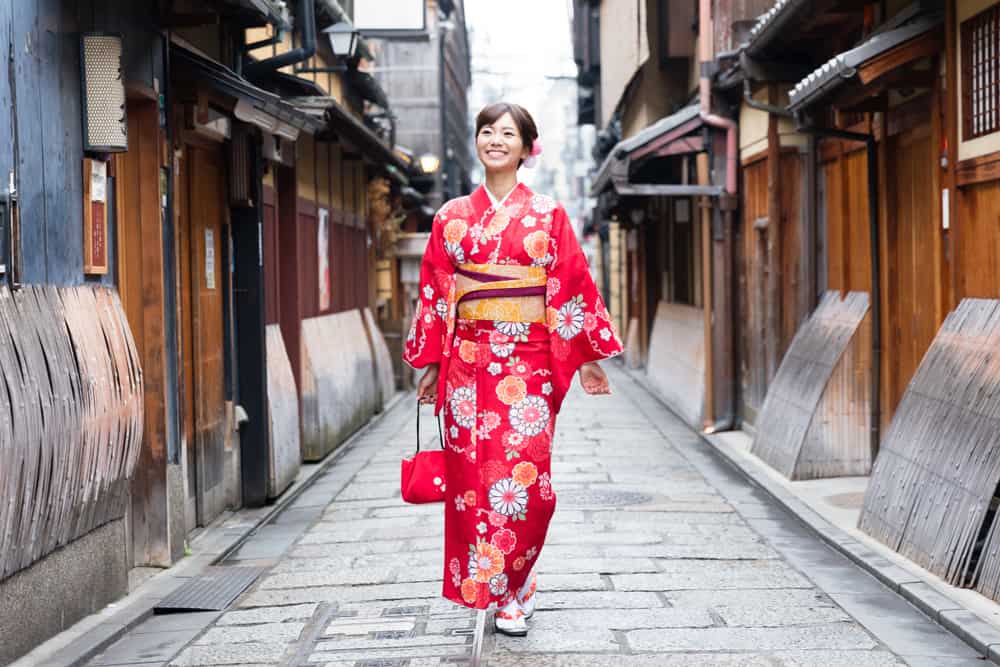
The kimono is strongly associated with Japanese culture. This dress has been a part of Japanese fashion for over 1,000 years. The kimono is still worn in Japan for ceremonial occasions, weddings and other special events, according to Culture Trip.
History
Wearing a kimono is a long and proud tradition in Japanese culture. It is a loose, voluminous, robe-like garment that is tied with a cloth sash called an obi. The colors and patterns on kimono often have special meaning. The colors represent seasons, gender, even family ties and political affiliations. A kimono is a work of art and some of them can cost more than a home. Kimono are passed down through generations.
Style
Kimono are made from a variety of materials. Linen, cotton and silk are common. Kimono are often decorated in prints that are added to the fabric by hand.
Lingerie

Lingerie dresses, also called lingerie frocks, are now rarely seen outside of TV shows and movies set during historic periods. But in the late 1800s and early 1900s, these dresses were very popular. Every fashionable gal wore one of these lightweight dresses, which were usually white or off-white, according to the Dreamstress. Lingerie dresses were made with lace, embroidery and lots of detailed, delicate embellishments. The lingerie dress may also be called a lace dress.
Little black
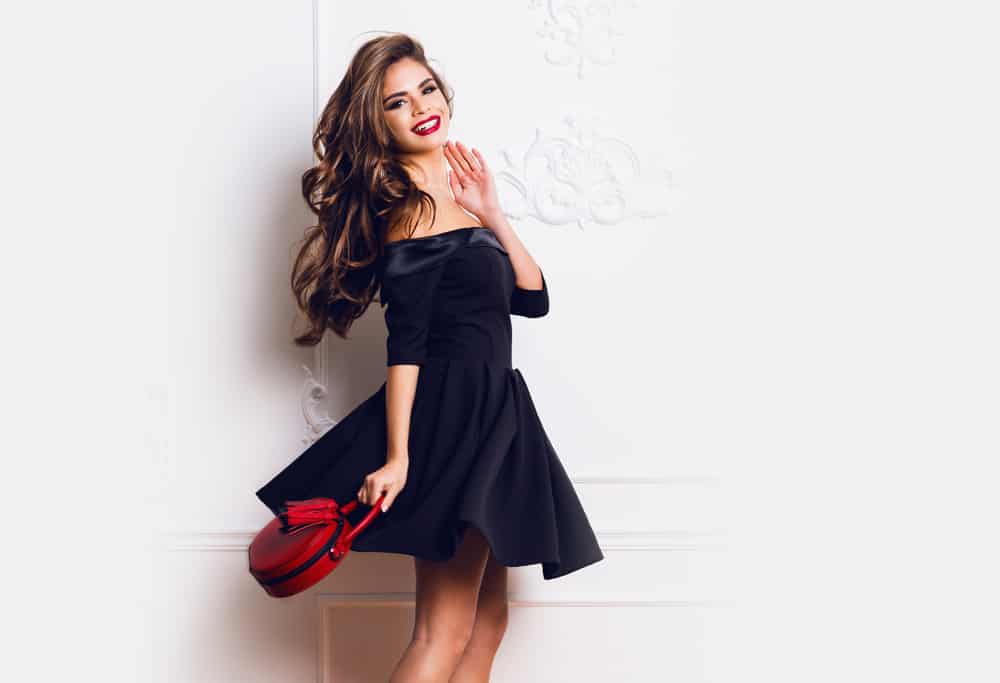
=> Check out 10 of our favorite little black dress picks here.
The little black dress, or LBD, may be the most iconic dress on the entire list. It’s extremely well-known and considered to be a must-have staple of every female wardrobe. Coco Chanel designed the first little black dress in 1926. This was a calf-length, sheath-style dress with long sleeves.
Style
Many types of dresses can be little black dresses. The only requirement is that the dress be black and not too voluminous, though it can be any length and any style. Often, little black dresses are fitted dresses with a shorter hemline.
Long Sleeve Dress
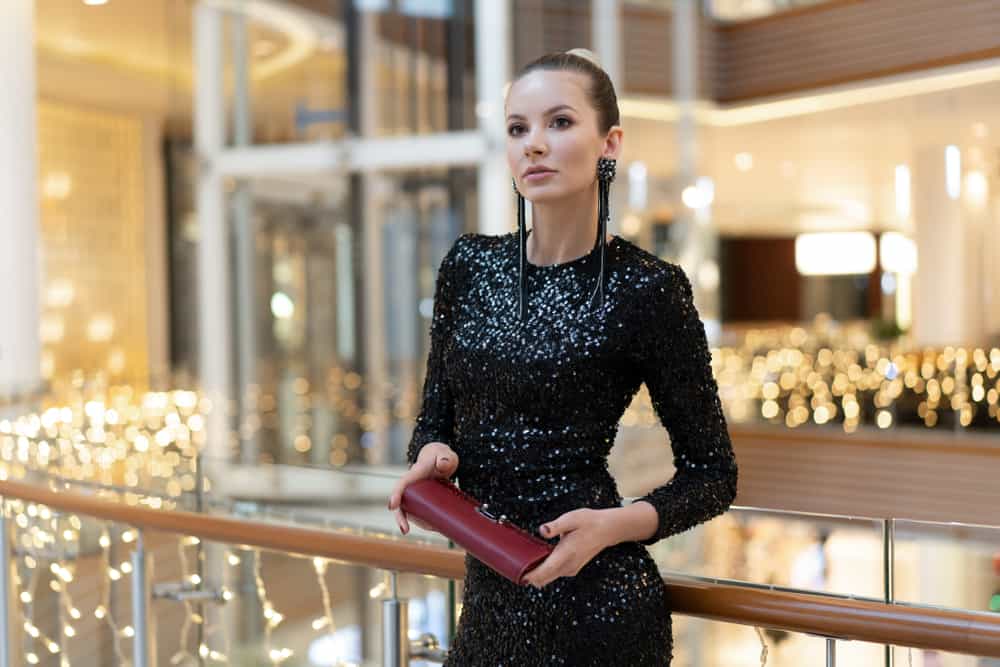
=> Check out 10 of our favorite long sleeve dress picks here.
The term long sleeve dress refers to a frock with sleeves that fully cover the arms from shoulder to wrist. Nearly any style of dress can feature long sleeves, including formal gowns, so you can stay both warm and fashionable during winter.
Mantua

The mantua was worn in the 1600s to the 1700s. This was an overdress with a loose bodice and a floor-length skirt with a long train. The front of the dress was split to reveal the petticoat underneath. This was a formal gown and was typically embellished and made with fine fabrics, according to Fashion History Timeline.
Maxi Dress
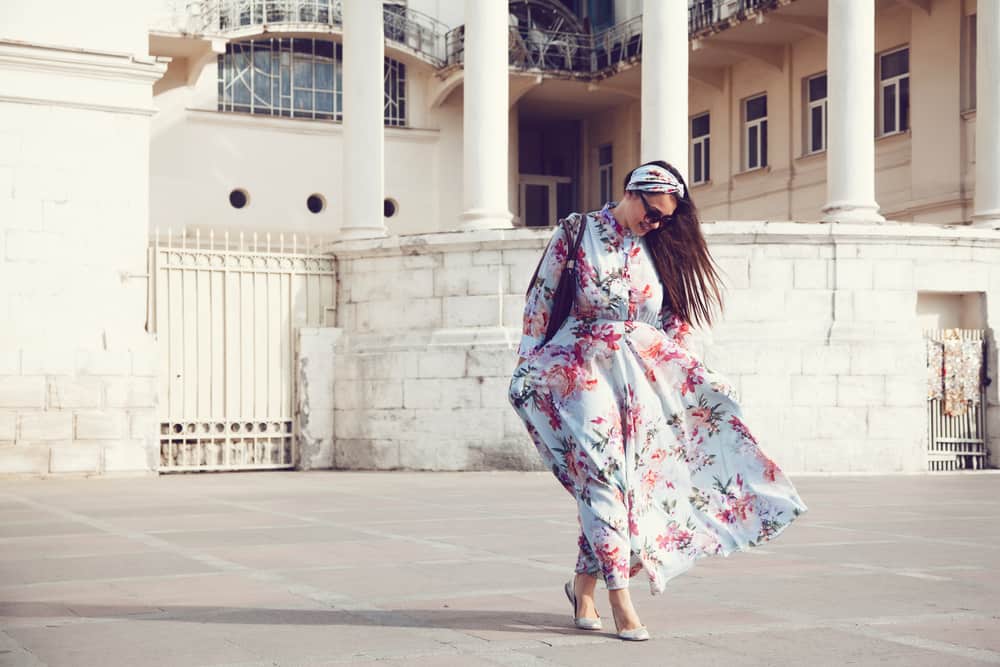
=> Check out 10 of our favorite maxi dress picks here.
The maxi dress was designed by Oscar de la Renta in the late 1960, setting off a fashion craze. Though it disappeared from the fashion scene for a while, the maxi dress has made a huge comeback in recent years to become a trendy style.
Style
Maxi dress styles are ankle-length and usually have a full, voluminous skirt. Many types of bodices are seen in maxi dress designs, through strapless, halter and sleeveless styles are common.
Mermaid
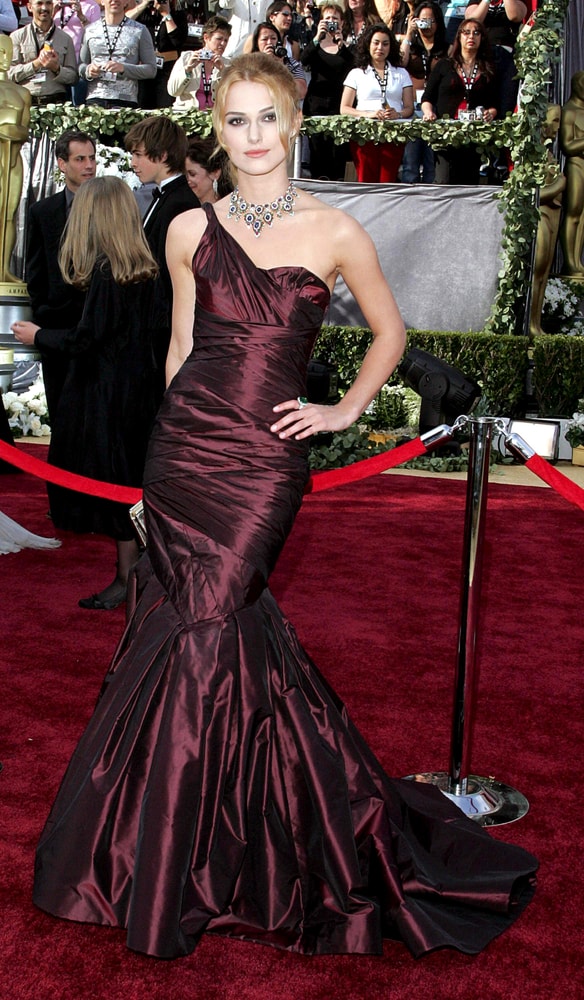
=> Check out 10 of our favorite mermaid dress picks here.
The mermaid dress, also known as the fishtail dress, has an extremely distinct shape. This dress is fitted through the bodice, waist and hips. At the knees, the skirt of the dress suddenly flares out dramatically to the floor. Marcel Rochas first designed the mermaid dress in the 1930s. It’s been a popular dress silhouette ever since, never fully fading from the fashion spotlight. Mermaid gowns are seen often in formal wear and appear everywhere, from red carpets to weddings to proms.
Midi
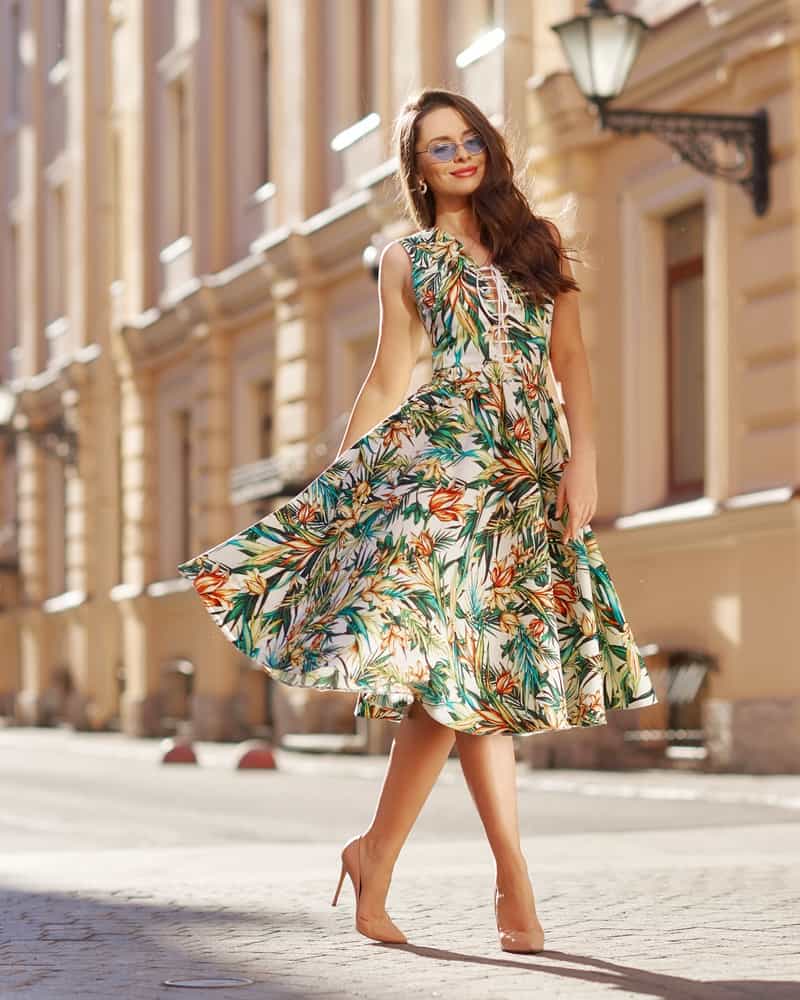
=> Check out 10 of our favorite midi dress picks here.
Midi dresses, also known as mid dresses and knee-length dresses, end anywhere from the knee to the mid-calf. Several types of dresses can also be categorized as midi dress styles, including cocktail dresses. The midi skirt actually came before the midi dress. It was designed in the 1970s.
Mini

=> Check out 10 of our favorite mini dress picks here.
Mini dresses end around mid-thigh. The length is what makes a mini dress, or minidress. THe dress itself may be form-fitting, loose, flared or many other different styles. The mini dress was inspired by the mini skirt, which set the fashion world on fire in the 1960s. Evidence shows that the mini skirt actually dates to ancient times. This short-short style was worn more than 5,000 years ago, according to Reader’s Digest. That’s a lot of time for mini dresses to be created in amazing styles.
Muumuu
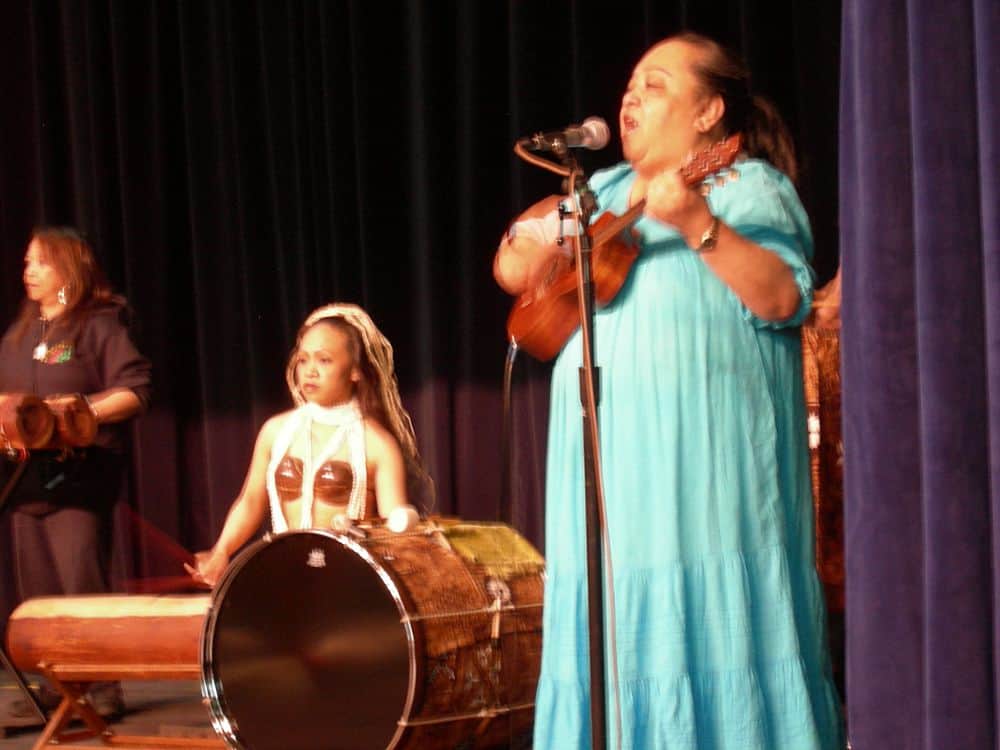
The muumuu, sometimes referred to as a muumuu dress, is an overly large and very loose dress that is typically brightly-colored and decorated with vivid patterns. The patterns are often floral, as the muumuu is associated with Hawaii. Muumuu dress styles were given to women in Hawaii by missionaries who came to the islands.
Peasant
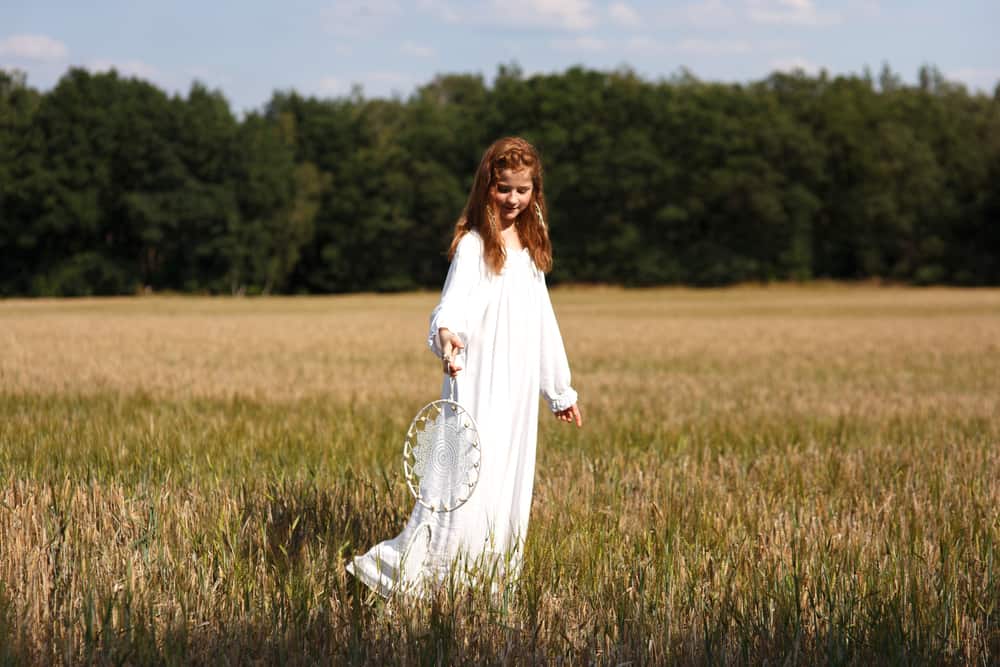
Peasant dress styles became popular in the 1960s, a then-modern take on centuries-old clothing styles worn in Europe by farmers. The skirt of the peasant dress is full and may fall to any length, from mid-thigh to the floor. The bodice is loose with long, loose sleeves. The necklines are typically wide, usually off the shoulder.
Style
Peasant dresses are typically made with soft, natural materials, such as linen or cotton. Neutral colors and earth tones are often used in peasant dresses.
Pillowcase
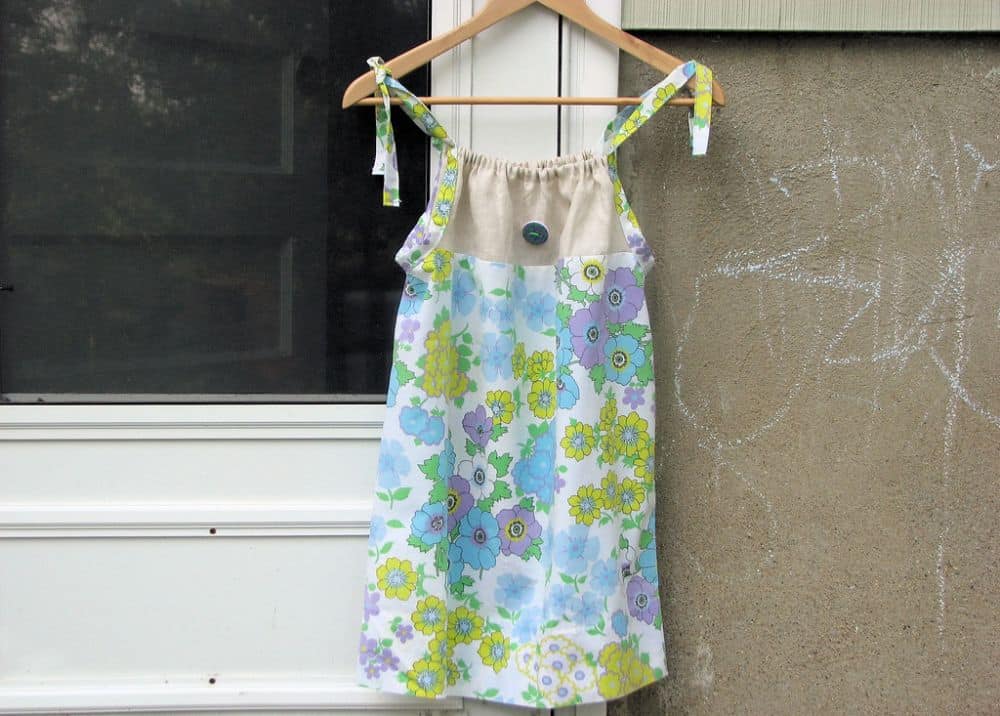
Pillowcase dresses are incredibly simple and very easy to DIY. It’s a simple, sacklike dress that is sleeveless with a high, drawstring neckline. The dress flares out slightly from the neck, getting wider through to the short hem. These dresses quite literally look like pillowcases. These are children’s dresses and they’re often made in fun, colorful designs.
Qipao
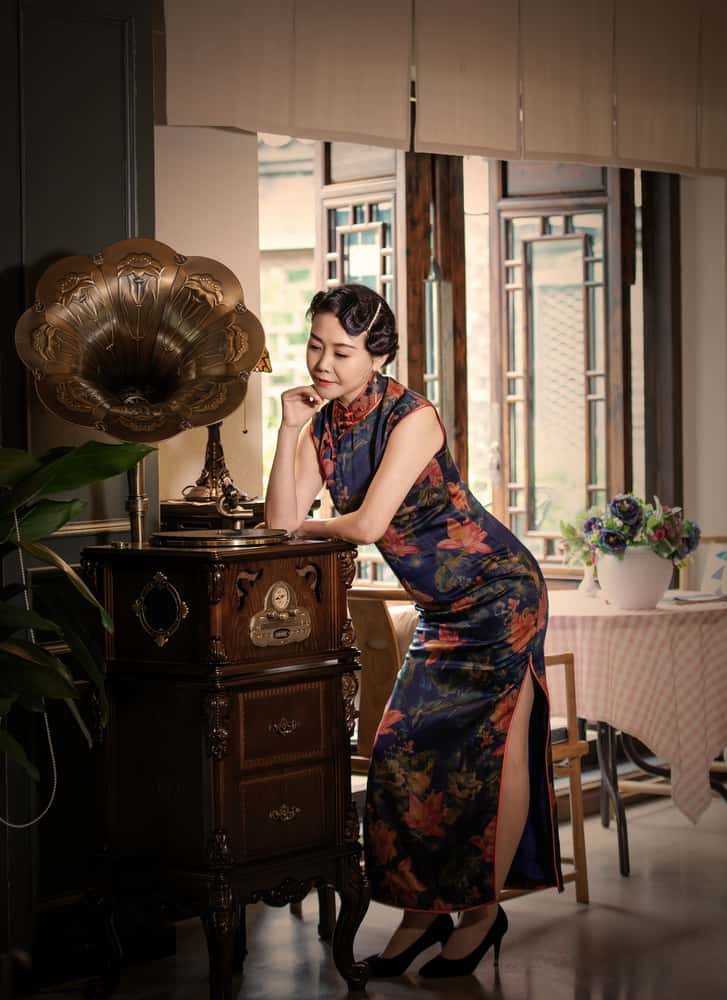
You may not know what to call it, but you know the qipao dress immediately when you see it. This dress is associated with Chinese fashion and it’s been worn since the 1600s. This began as a traditional dress worn by women, though a version of it was later worn by men as well.
History
The qipao took on a more modern appearance in the 1920s and soon became a highly stylish look that was quickly picked up by celebrities. It was named as one of the official national dresses of the Republic of China in 1929. In the 1950s, the dress began to spread to the rest of the world.
Style
The traditional original qipao was wide and baggy, with a high neck and a straight skirt that fell to the floor. The dress was made of silk and embellished with embroidery. The modern version of the dress is very different. Today, the qipao is form-fitting with a high slit on both sides. It is usually sleeveless or has bell sleeves. They are typically knee-length and have short collars.
Sack-back gown
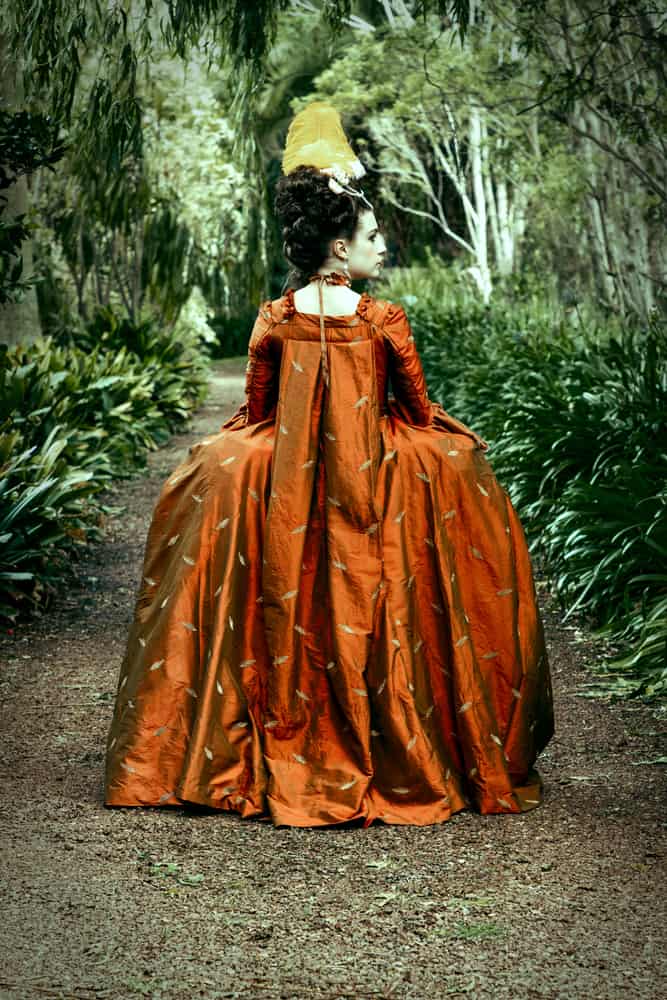
Some styles, like the ball gown, stay popular for centuries. Others, like the sack-back gown or sack back gown, burn very briefly and then just disappear. Also called a robe a la Francaise, this dress was all the rage in 1700s Europe. The notable feature of this gown is the back, which has two box pleats that go all the way down the back of the dress to form a train. The dress is open in front to reveal a pretty petticoat underneath. The sack back gown is also known as the sack gown.
Sheath
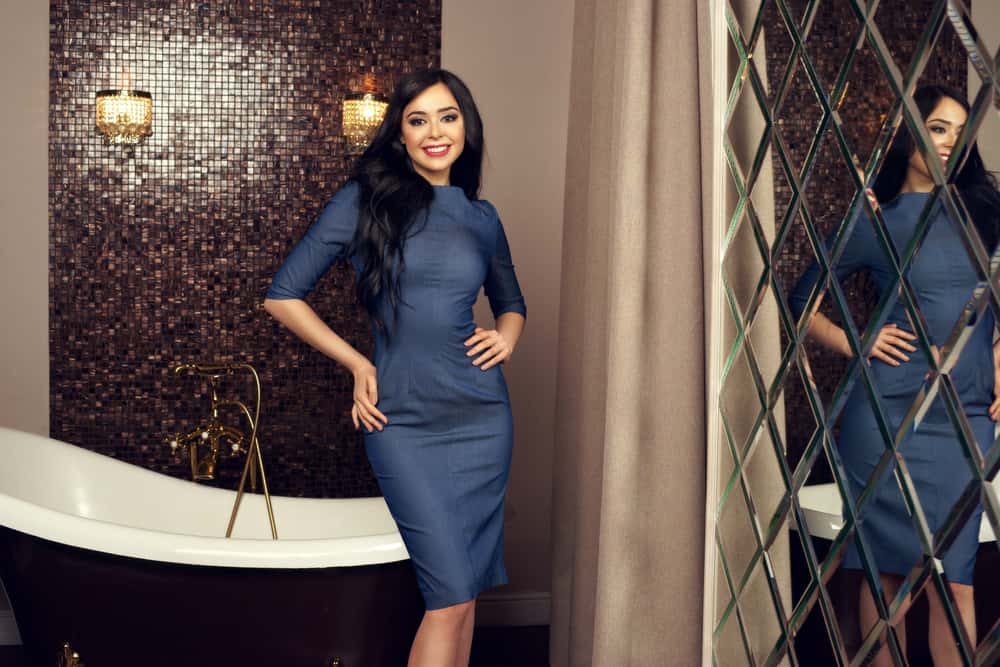
How old is the sheath dress style? You can probably think of classy dames from the 1950s movies wearing chic sheath dresses. Actually, this dress style is thousands of years old and it’s still in style right now.
History
Some of the first sheath dresses in history were worn by the Egyptians. These simple dresses were close-fitting, tube-shaped gowns with shoulder straps. The more recent version of sheath dresses appeared in the late 1800s. This time, it was known as the princess sheath. It was a tight-fitting dress that was often embellished with ruffles on the lower back.
The sheath dress became truly modern when it appeared on the fashion scene again in the 1930s. The fitted, simple sheath really caught on in the 1930s and became a style staple that has never gone away again. Because the skirt of the sheath dress is fitted, this may also be called a pencil dress.
Shift
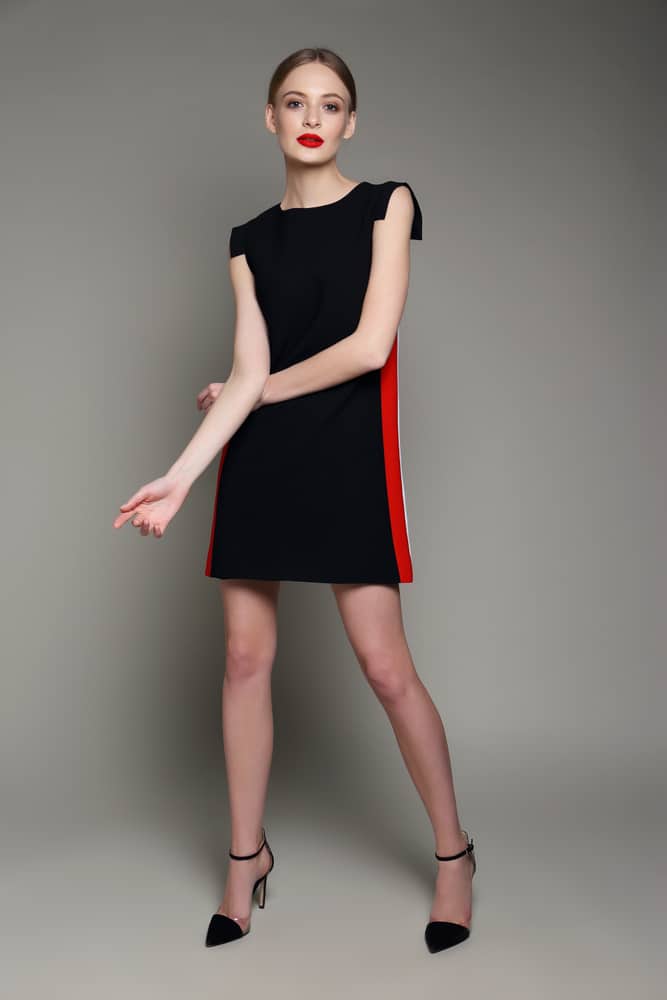
The simple, pretty shift dress is a classic look that’s always in style and totally chic for daywear or evening wear. This dress is perfect for spring and summer looks, according to Who What Wear. The shift dress still looks modern and fresh but this style is actually almost a century old.
History
The flapper look of the 1920s inspired the shift dress. The short hems, bare arms and loose-fitting style of flapper dresses ultimately inspired the simple shift design. The dress became a hot look of 1960s fashion and it’s become a go-to look to suit any fashionable, modern gal.
Style
Shift dresses hang straight down from the shoulders in a clean line, creating a look that is loose and comfortable but still looks tailored. A shift dress is loose but not baggy. These dresses are often sleeveless, though there are many variations. Shift dresses are a simple design that can be created in any color or pattern. These dresses may be embellished or plain. Because of the design, this style may also be called a straight dress.
Shirtwaist
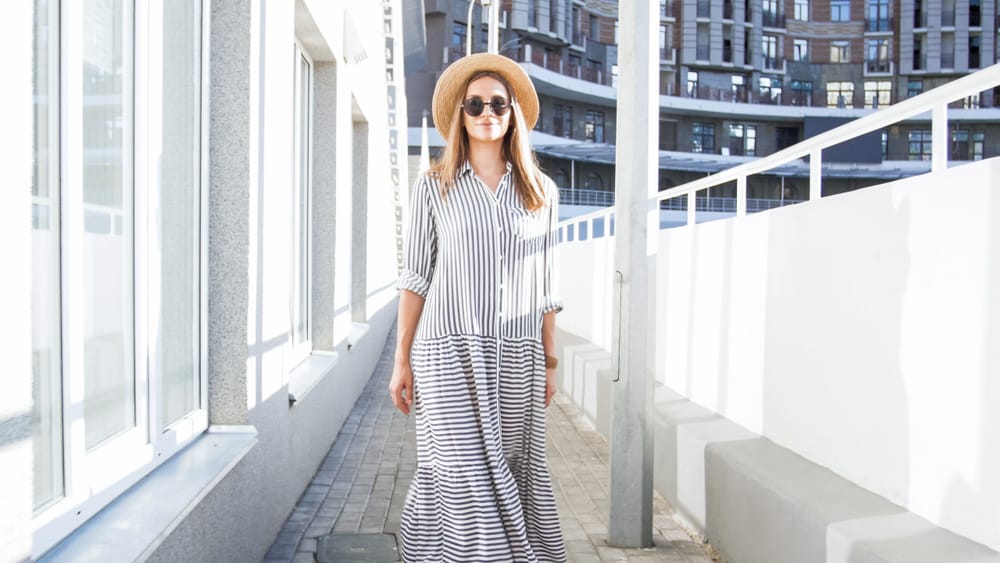
=> Check out 10 of our favorite shirtwaist dress picks here.
The shirtwaist dress, also known as the shirt waist dress, shirt dress, shirtdress and shirtmaker dress, is an American design that has been in style for decades.
History
The shirt dress is inspired by men’s collared, button-down dress shirt designs. It looks like a long men’s shirt that is belted at the waist. The first shirt dress styles were designed to be nurse’s uniforms. In fact, it was the uniform for Red Cross nurses during WWI, according to Love to Know.
The shirt dress style caught on among all women in the 1920s and in the 1950s, it was everywhere. The shirtdress became a staple of women’s fashion that is still seen today.
Skater
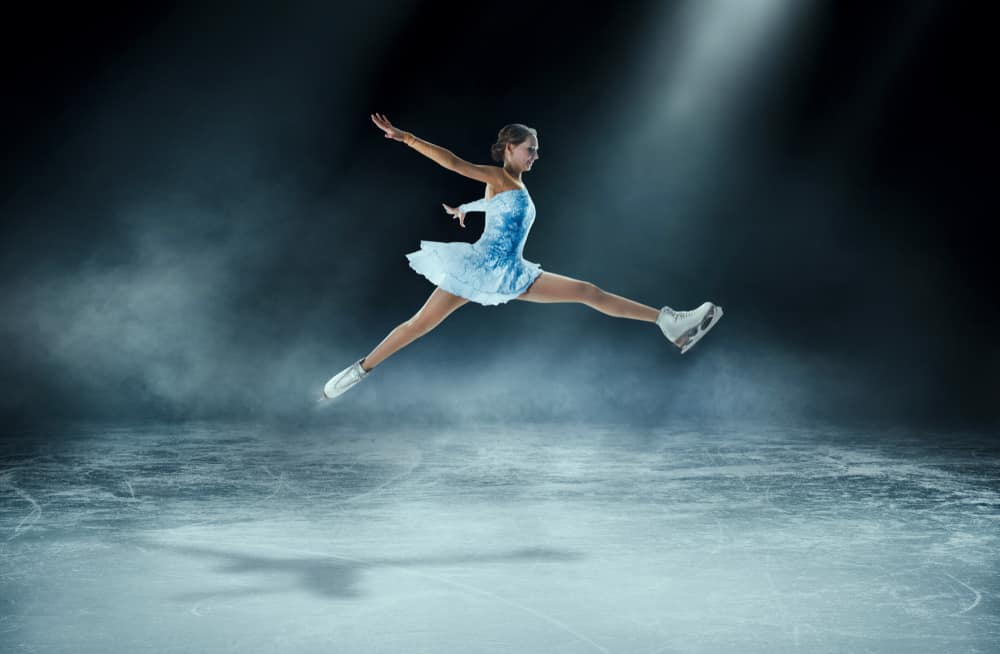
The skater dress, or skating dress, is worn in figure skating. Until the 1960s, two-piece skating costumes were common. In the 1960s and 1970s, skating dresses became embellished with sequins and other decorations. Skating dresses are typically long-sleeved with short, full skirts and tight-fitting bodies. Scoop neck and V-neck designs are common. In modern skating dresses, anything goes. Skaters use their dresses to show off their own style and personality and often design their dresses to somehow match their performance.
Slip

The simple, sexy slip dress was a fashion staple of the 1990s. All the hot young models and celebs were seen strutting in these thin frocks. But the history of the slip dress goes back much, much further than the days of the Seattle sound and AOL.
History
The first slips appeared during the medieval era, known as a smock in England and a chemise in France. These were loose-fitting, lightweight under-dresses that were worn beneath gowns.
In the 1700s, French women began wearing their slip-like dresses as actual dresses. The trend was started by none other than Queen Marie Antionette herself. These loose-fitting gowns were worn over stays and a petticoat but they were still considered to be essentially underwear.
These slip gowns were meant to be worn only among other females at quiet gatherings. A scandal erupted when Marie Antionette had a portrait of herself painted wearing only her chemise, according to Startup Fashion. It was, at the time, quite shocking.
In the 1910s, the more modern slip began to take shape. It became a simple garment worn under short flapper dresses.
Style
In the 1990s, slips were a common undergarment…until they became the hottest dress look of the decade. Designers drew inspiration from silky slips and created the slip dress, short dresses that fit close to the body. Slip dresses are usually finished with spaghetti straps and may be low-cut and revealing.
Smock
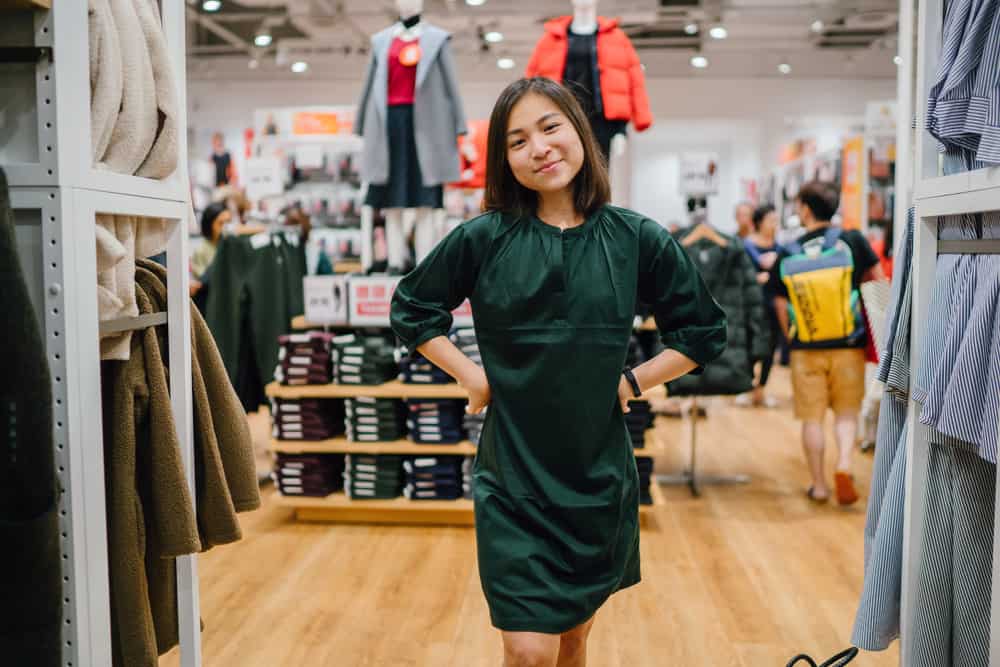
The smock dress is designed to look somewhat oversized. It’s made with full sleeves and a full skirt and usually has a scoop neck. Snock dresses are decorated with smocking, which is embroidery on the surface of the fabric.
History
The smock dress has been around for so long, no one knows how long. It’s probably an ancient design, according to the Joy of Clothes. Smock dresses were very popular in the 1700s in England. In those days, the embroidery on the dresses identified the region where the wearer lived. Smock dresses are seen in modern fashion because they’re loose-fitting, cute and comfortable.
Squaw
The squaw dress first appeared as regional fashion but the look has been seen all around the world. The dress first climbed to popularity in the 1950s and became a popular part of the southwestern U.S. fashion scene for about 20 years.
Squaw dresses are rarely seen now but the distinct look still stands out. The squaw dress has a very full accordion skirt that is made with many small pleats. The bodice of the dress is typically simple, a close-fitting, simple, sleeveless design.
Strapless
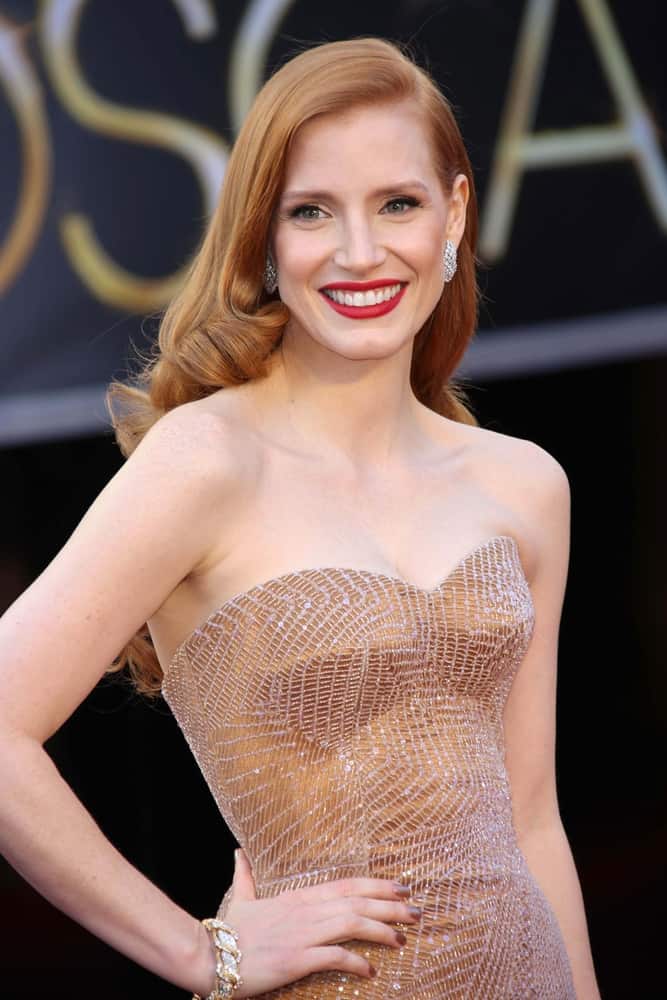
=> Check out 10 of our favorite strapless dress picks here.
The term strapless dress refers to a fitted bodice and bust dress that has no sleeves or straps. Its tight fit across the bust holds it in place. Designer Mainbocher debuted this style in the 1930s, according to the Fashion Encyclopedia. Strapless dress designs are made in many different styles with many different types of skirts and may be styled for casual to formal wear.
Sun
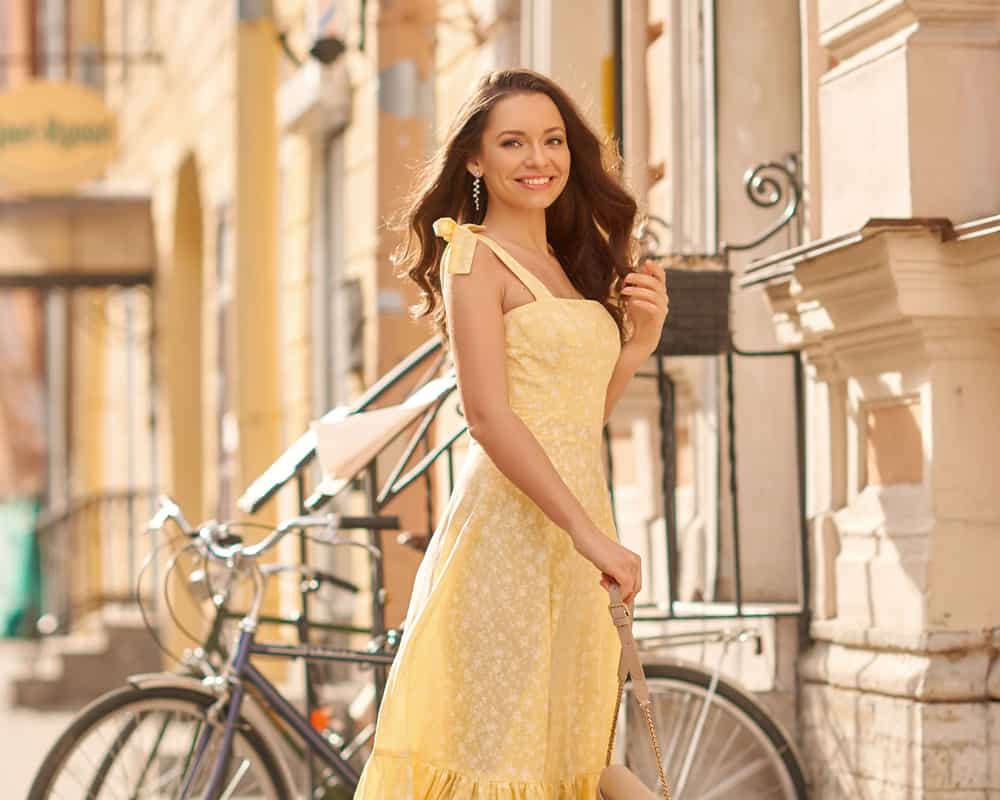
The sun dress or sundress can be any lightweight, sleeveless dress. By definition, the sundress is any dress that leaves the shoulders, arms and some of the back exposed. These lightweight, skin-revealing dresses are perfect for summer’s heat.
Sweater
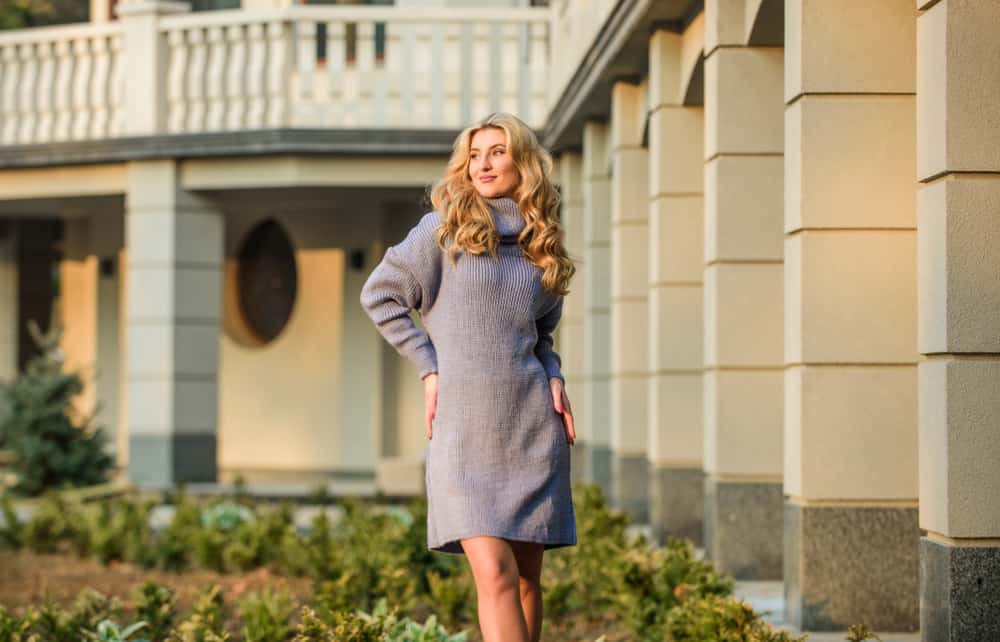
=> Check out 10 of our favorite sweater dress picks here.
Sweater dress designs are styled to look like long, pullover sweaters. They can be any length, from mid-thigh to the ankles. Sweater dresses may be styled with any sleeve length, including sleeveless designs. Sweater dresses are knit, so they cling to the curves of the body. Some sweater dresses are intentionally styled to be bigger for a looser, blousier effect.
Swing
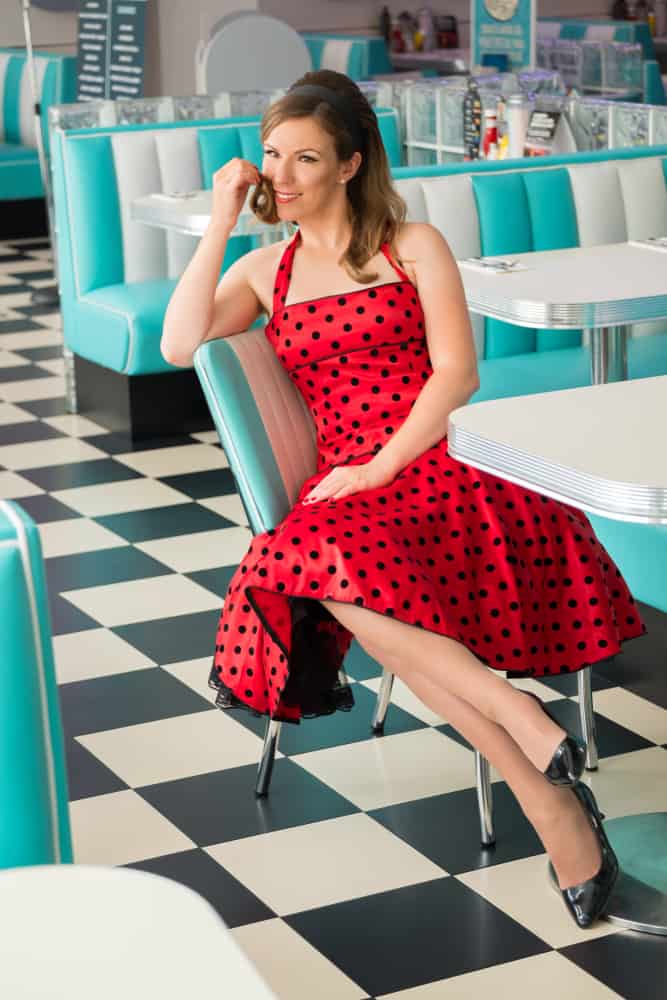
In a way, the swing dress was inspired by rock and roll. The dress was made with a full skirt that ended right around knee-length. Swing dresses were often paired with full crinolines or petticoats underneath. The full skirt of the swing dress provided plenty of room for dancing and swung upward to reveal the dancer’s legs. Swing dresses are typically styled with short-sleeve or sleeveless bodices.
Tent
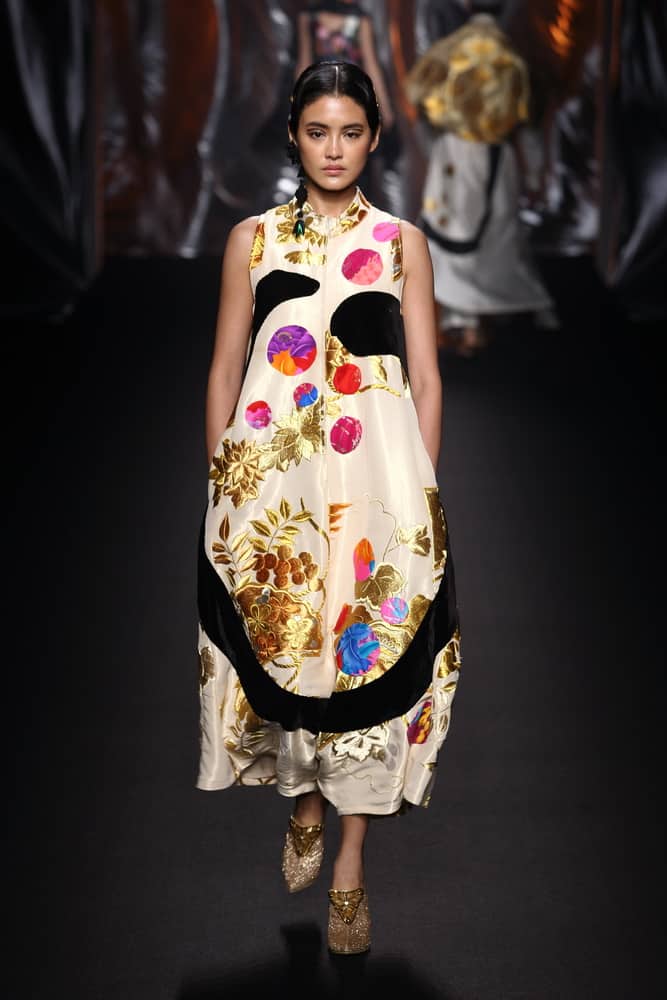
The tent dress is an incredibly simple design. The tent dress flares out from the neckline down to the hem, creating a wide, very loose fit. This dress design is very easy to DIY. The tent dress has no darts, waistline or any definition whatsoever.
Trapeze
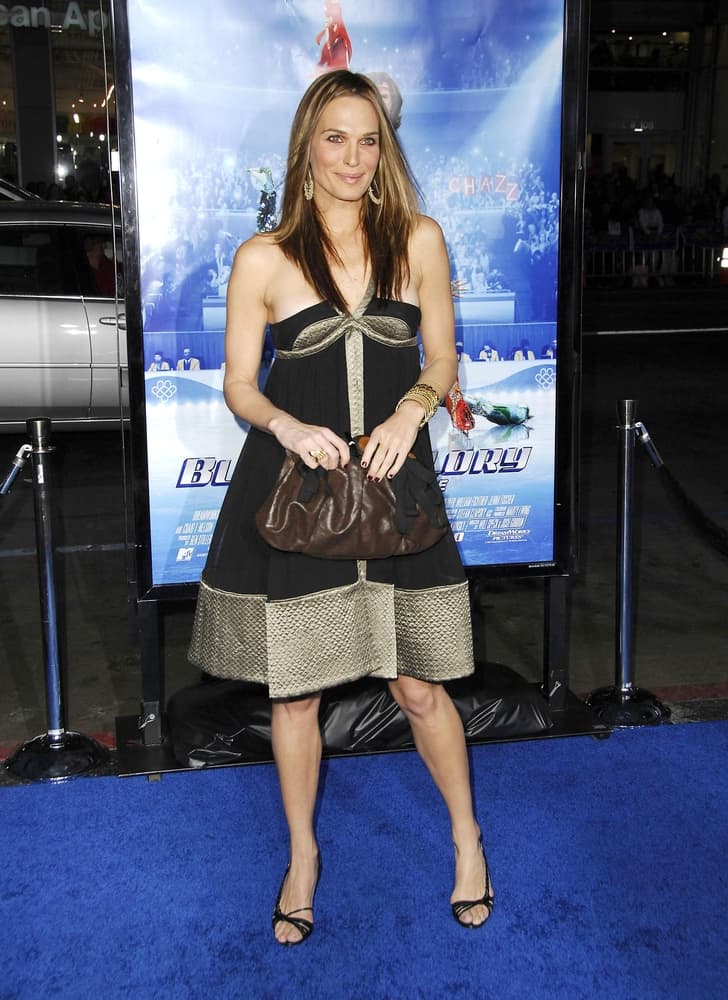
The trapeze dress was a surprise design that dazzled the fashion world when it was introduced by a young designer named Yves Saint Laurent, who worked for Christian Dior at that time. Laurent debuted the Trapeze line that year. It was met with a standing ovation when it appeared on the runway, according to Vogue.
Style
The trapeze dress is fitted through the neck and bust but then flares out with a wide, full skirt. The trapeze dress is typically around knee-length.
Tunic

The tunic dress is inspired by the tunics worn in the Middle Ages. Tunics were simple shirts with open sides. Tunic dresses are long- or short-sleeved, somewhat loose-fitting dresses that often have slits on the sides. Tunic dresses usually end above the knee and look like an oversized, overlong tunic shirt.
Wrap
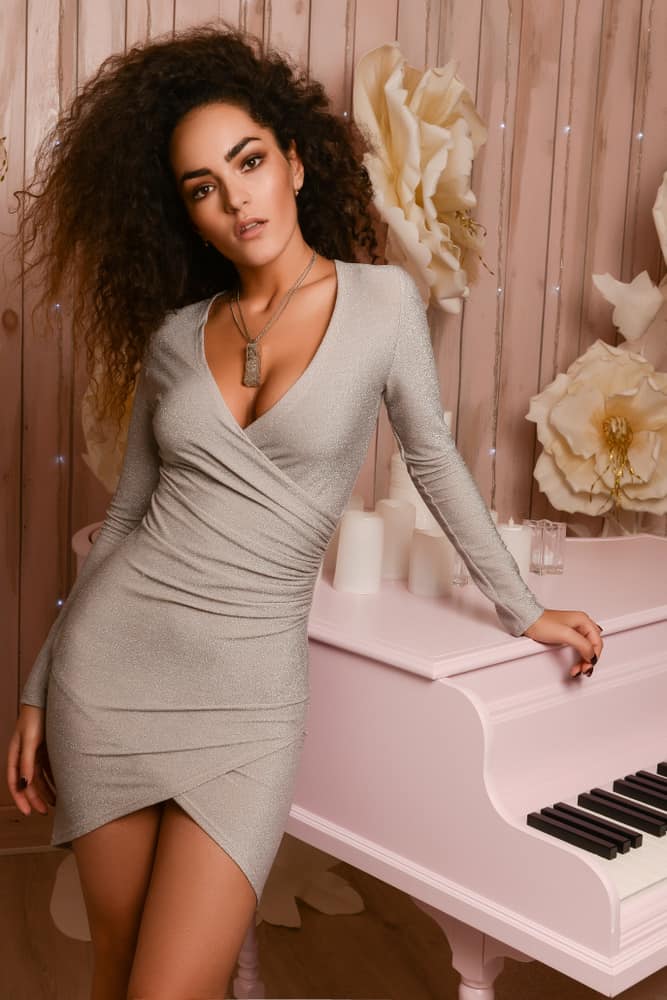
Charles James was the first to create a wrap dress in the 1930s. His design was a sheath-like dress in a sort of spiral pattern that crossed over the front of the chest. He called his creation the taxi dress because he said the design was something a woman could slip off or slip on in the back of a cab, according to Startup Fashion.
History
Other designers were inspired by James and began creating their own versions of the wrap dress. But it was in the 1970s that wrap dress styles really became a trendy look. Diane Von Furstenberg had improved the wrap dress, giving it the V-neck and waist sash that it is still known for today. By the end of the decade, more than a million of Von Furstenberg’s wrap dresses had been sold.
A World of Dresses
From full-length formal gowns to micro mini dresses, women’s dresses run the gamut from teeny tiny to flowy toe skimmers.

Dress sales generate $41 billion each year in the U.S. alone. Women in every country wear dresses. Since fashions vary by culture and climate, a multitude of types of dresses exist. Women’s dresses come in different shapes, styles, fabrics, materials and colors.
The Dress Defined
So, what makes a dress, a dress?
The term dress refers to a one-piece garment that covers the torso and a portion of or all of the legs without dividing the material that covers the legs into pant legs. The lower portion of a dress forms a skirt. As you can imagine, clothing designers seize upon the versatility of this garment.
Where to Buy Dresses
Shopping for dresses can take some time. If you find it tough to find a dress that fits you properly, you might want to shop in person. Sometimes, that cannot happen.
Personal Shopper
You can use one of the many personal shopper services available to have someone else shop according to your style likes and ship you a certain number of options in your size. ThredUp offers this service, as do Stitch Fix and Gwynnie Bee.
If you swear by shopping on Amazon and dearly want your Amazon smile charity to receive your donation from shopping, you can use the Amazon personal shopper service.
Shopping in Person
Perhaps you get a kick out of shopping. You do not mind hitting the local mall or visiting your local stores to peruse the garment racks and try on the outfits.
Remember to take the shoes with you that you want to wear with the dress. If you shoe shop at the same time, select a pair of heels or flats suitable for the type of dress you will purchase and take them with you into the fitting room. If the fitting room only has a single mirror, step outside it to use the three-way mirror to examine each outfit from multiple angles.
Online Shopping
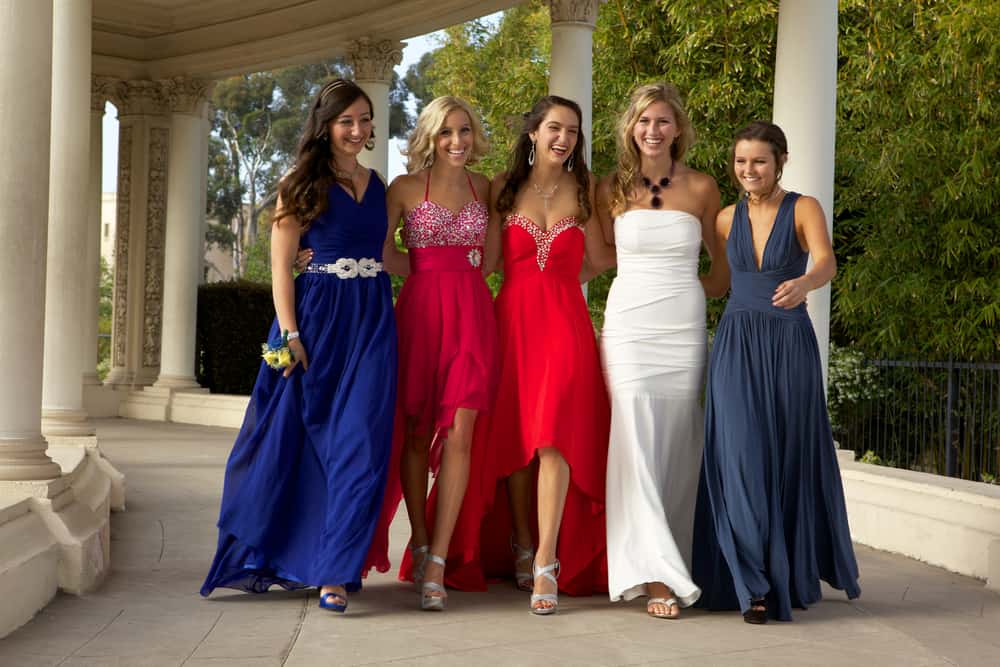
Many department stores and women’s clothing stores have e-commerce options now. You can shop at Macy’s, Nordstrom, Foley’s, Belk’s, Kohl’s, JC Penney and Sears online, to name a few. Regardless of your budget, your style or the size you wear, you can find a dress online. J. Crew, Eddie Bauer, and Land’s End also host online shops. You can easily have your favorite items shipped directly to your door.
Custom Experience
You might also consider using a designer for a bespoke dress. This option makes sense if you have a hard-to-fit body. Many female athletes run into this problem since most designers do not cut clothing for those of very athletic builds, for those of short stature or the extremely tall. This makes purchasing a dress a tough proposition for female athletes.
The bespoke everything craze has made purchasing made-to-order items much easier and more affordable. Purchasing a bespoke design can also provide you with a more versatile option. You can have multiple sashes, belts or scarves designed as a part of the dress, allowing you to switch out the accessories and make the dress seem like a different outfit.
Purchasing a matching blazer or suit jacket can also add to the versatility. A designer can create a skirt with zippers on the inside, hidden by a seam on the outer side. When unzipped, you can break away one length of the skirt, providing a maxi, midi and mini choice all in one skirt. Zip out liners let you wear a dress during all four seasons. These options make the investment in a bespoke dress much more affordable since the resulting dress provides three different length options and a business office look when paired with the blazer.
A History of Dresses
The history of women’s dresses dates back to ancient Egypt when women like Queen Cleopatra adorned themselves in full-length gowns of light fabrics such as linen or other sheer fabrics. These breathable fabrics kept them cool and dry in the busy times of 51 B.C.E. Although the style of the dresses remained plain, women adorned them with gold or semi-precious stones.
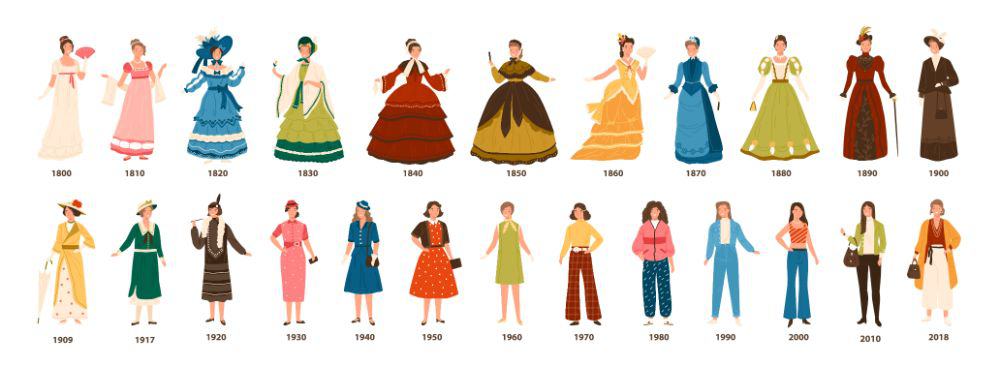
A couple of decades later, the Greeks improved upon the Egyptian design, using linen as well, but adding silk as a fabric of choice. Their method of draping or wrapping the fabric, toga-style, required no sewing.
Light fabrics and simple designs requiring little to no sewing remained popular for centuries. Women simply wanted to throw something on and go. The times changed and by about 1450, royal courts in Europe began commissioning fashion designers to create ornate outfits for them.
Dress Evolution
Living in a vastly different climate than Egypt or Greece, women of Europe dressed for warmth. Layering became popular, as did heavier fabrics. This period added ribbon and other embellishments to the dresses, sewing them to the garment as opposed to cuffing them over it as the Egyptians had.
As medieval times developed, so did court fashion, the original haute couture. Anne Boleyn, one of Henry the VIII’s many wives, favored velvet dresses. Women during this period wore square necklines and piled on the necklaces to exhibit family wealth. Gaudy fashion ruled the day. Long scarves as a loose belt or accessory also proved popular.

By 1650, two trends became popular that would remain in fashion forever. The true waist design used neither the empire waist, which actually hit just below the breast, nor the high waist of the early medieval times. With this waistband placed where a woman’s waist actually falls, designers created the first hoop skirts.
Rather than the round shape they eventually took on, the earliest hoops were oval. They caused the dress to flare out to either side and that fashion trend caused women to have to sidle through doors sideways for decades when their skirts became wider than the doorways they needed to pass through.
American Influence
A tiny upstart country of only a few colonies at the time began to influence fashion. Although it only had 13 colonies, the nation that would become known as the United States of America melded citizens from France, England, Spain, Scotland and Ireland.
With each country’s fashion influence combined with the constant work it took to forge a new nation, women’s fashions simplified. Even affluent debutantes of the time, like future First Lady Martha Washington, wore an open-fronted dress covered with a contrasting-colored petticoat. In the colonies, women young and old chose simpler fashions with less opulence and greater fluidity and movement.
By 1790, the upstart U.S. influenced fashion, helping bring back the empire waist. A high, draped neckline finally did away with the need for pounds of jewelry, and that increased freedom of movement.
The Egyptian and Grecian influence resurged in the 1800s. Muslin became the “it” fabric. Cap sleeves became all the rage, as did ruffles on an empire-waist gown for formal attire. By 1820, full skirts regained popularity. One fashion statement caused quite a stir: the off-the-shoulder dress.
By the 1850s, the hoop skirt made its comeback. This time, the hoop broadened as it reached the floor, providing a bell shape. The dresses became adorned with embellishments, such as large flowers or beadwork. In the following decade, the skirts remained full, but a bustle in the back poked it out over the woman’s buttocks, while the front remained nearly flush with her legs. Sitting down became far from an easy task.
Modern Fashion
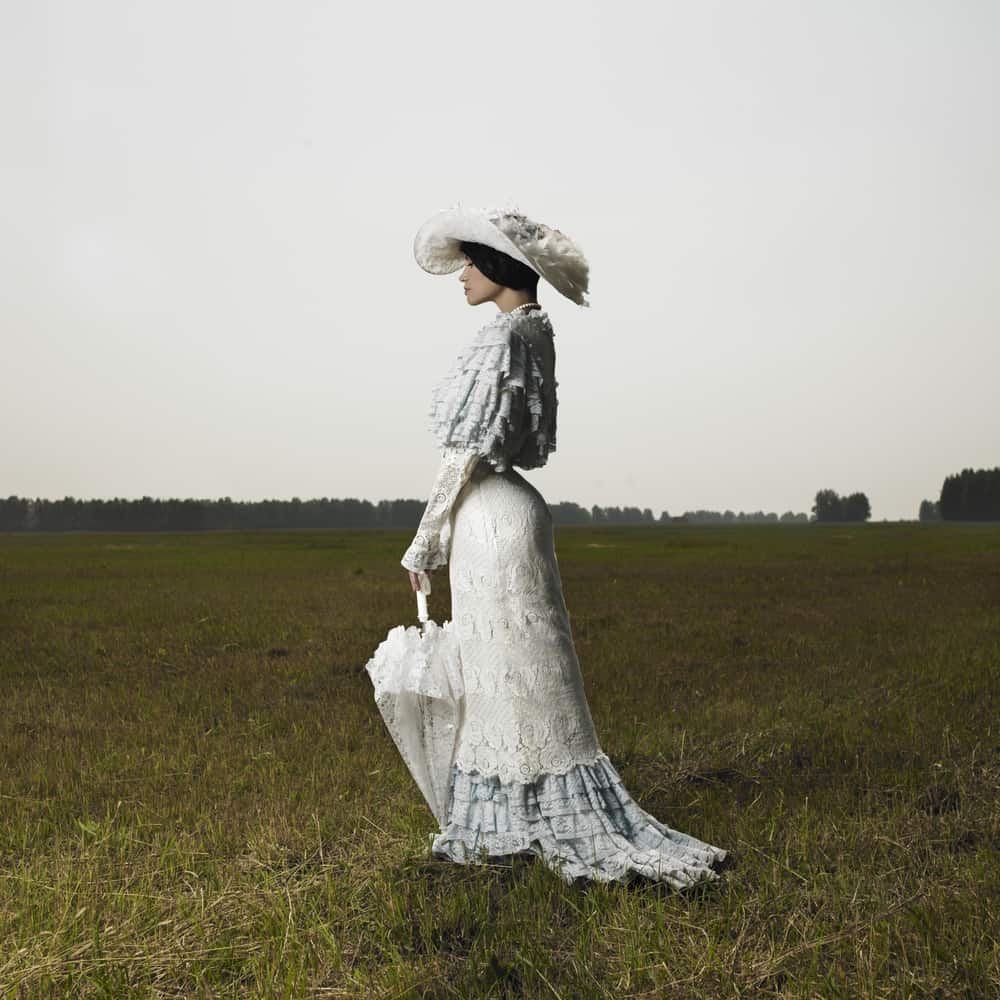
Toward the end of the 1800s and the dawn of the Victorian era, women’s dresses became straight up and down designs with high necks and long sleeves.
Fashion became serious as women modernized. Although known for prudery, the Victorian age gave rise to another important era that would forever influence fashion: women’s rights.
During the mid-1800s, some vital notions and ideas took shape. They influenced the future of fashion and life. As the Victorian era ended and evolved into the Edwardian era, women convinced more people of their societal importance. As hemlines finally rose above the ankle in 1910, women readied themselves for a new era.
It all happened in 1920. Women received suffrage. Fashion changed to suit the modern woman and hemlines rose remarkably. The flapper girl became all the rage. She frequented nightclubs. She drank and smoked. She worked. She voted. The flapper with her short midi skirt and sleeveless dress, not a gown, became the talk of the town. This intellectual in a drop-waist dress could Charleston with you one minute, then discuss politics over a drink.
Satin and silk dresses became popular again in the 1920s, but the stock market crash in 1929 radically changed fashion in the U.S. and the world over.
The crash ruined many businesses. The wealthy suddenly had nothing and those they had employed had less. Fashion became less about parties and opulence and more about work clothes. The 1930s brought about new patterns for clothing based on the now large range of necklines, sleeve lengths and hemlines. The dress also received new competition, since the 1930s introduced pants for women.
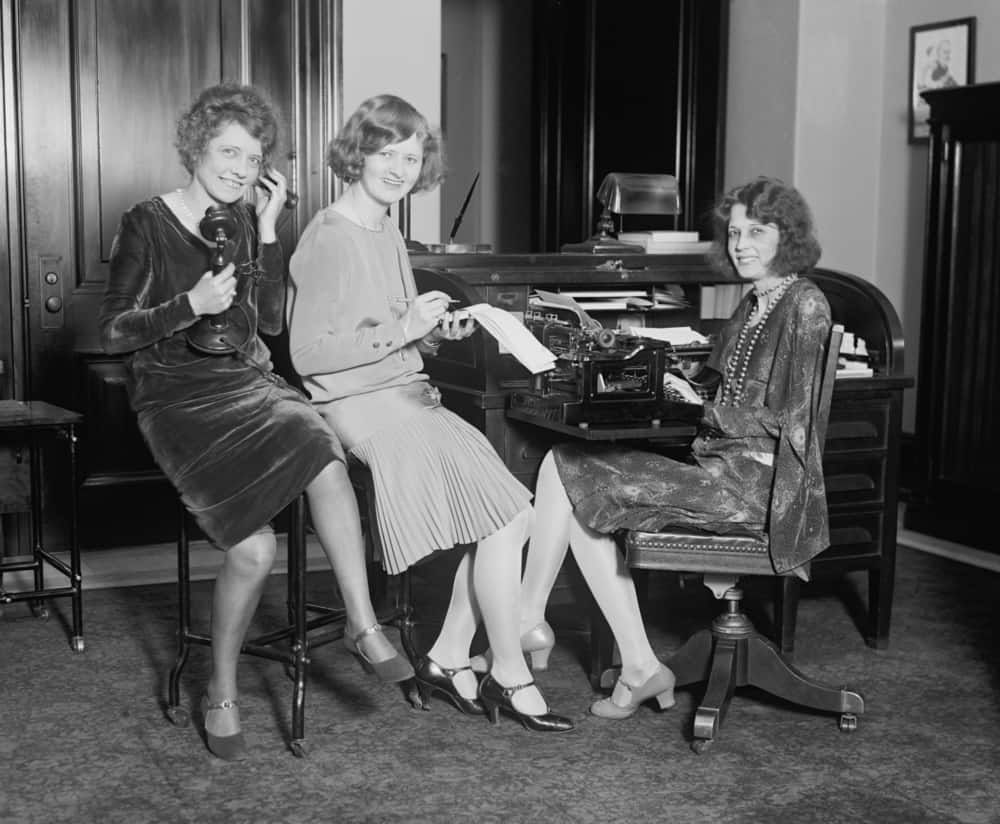
War in the 1940s brought rationing but influenced women’s wear again since women now comprised most of the workforce. With most First World countries at war, the males of adult age fought. Women took over the efforts at home, running munitions plants, businesses, hospitals, schools and much more.
The women’s business suit came into vogue and never really went out of it. A-line skirts with a belt and blazers suited the 1940s businesswoman. Once the war ended, ruche fabric and other playful touches joined the business suit and other dresses.
The 1950s introduced the popularity of tea-length dresses, especially for formal or semi-formal events. The House of Dior exerted the greatest influence and established itself as a lasting fashion icon brand.
The 1960s brought the sheath dress, made famous by then First Lady Jackie Kennedy. While the wealthy followed her lead, teens and 20-somethings chose the mod look with its mini-skirt lengths paired with chunky heels.
Short remained the length for decades. The 1970s through the 1990s used the mini length as their model for ideal fashion. The 1980s added shoulder pads to virtually everything except bathing suits. Women began taking over boardrooms and felt the need to dress like linebackers.
The 1990s went minimalist in dress looks and length. The micro mini length became so popular that Drew Barrymore wore it on the red carpet. The only place to find a full-length gown was a Cher concert or a fundraiser formal.
The backlash to that came in the early 2000s with the maxi dress. The look paired BoHo fabrics with an ankle-skimming skirt. The new century also brought a fun vintage period the re-visited fashionable dresses of the past.
FAQs
Knowing the different types of dresses is a start but there’s still a whole lot to know. Which dresses suit you? How should you dress up your dresses with footwear and extras? What else should you know about dresses? Get all the answers to the most common dress questions.
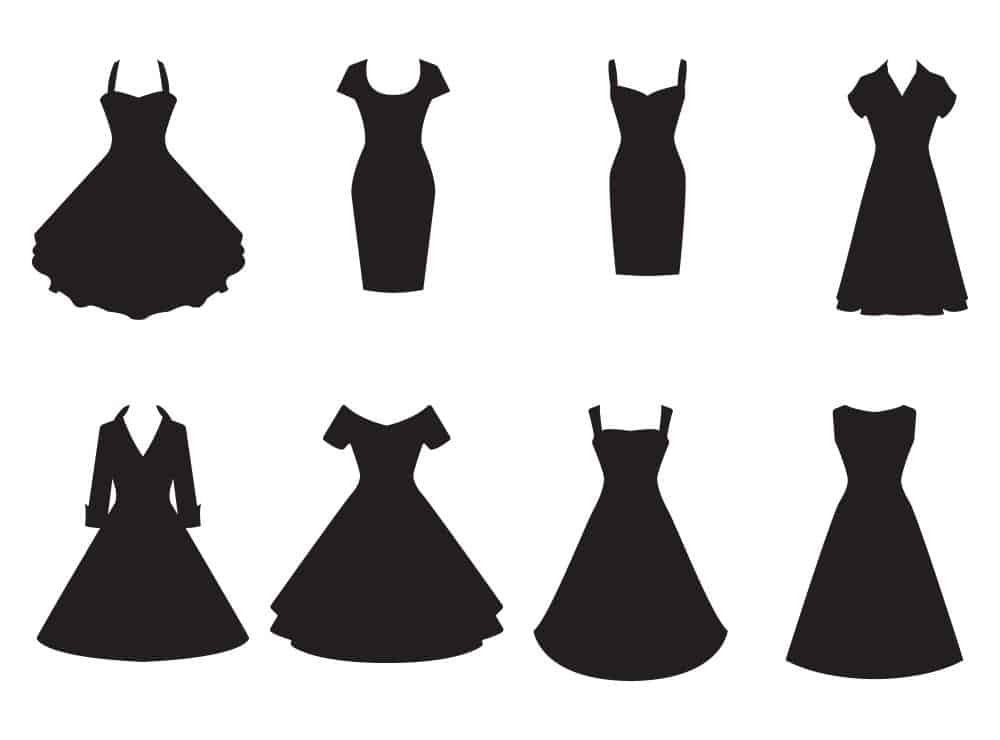
- What are the different types of dress necklines?
There are many different necklines. The most common of these, the scoop or round neckline, takes on a C or U shape depending on how deep the neckline plunges.
The other necklines include the crew, jewel, square, V, Boat/Bateau, scoop, collared, gathered, strapless, cowl, diamond, keyhole, sweetheart, off-the-shoulder, halter, ruffled, wide-square/Florentine, halter neckline with straps, strap, décolleté, one shoulder, paper bag, Queen Elizabeth, court, horseshoe, racerback, Queen Ann, wide square, mitered square, scallop, slash/slit, asymmetrical, illusion, cardigan, yoke, banded, bib and high.
- What is the lower part of a dress called?
The area of the dress from the waistband to the hem gets called a skirt. Depending on the hemline, a skirt may be micro-mini, mini, midi or maxi. Other terms exist for these lengths. For example, a tea-length skirt is a length of midi skirt.
- What types of wedding dresses are there?
Wedding dresses take many forms. You could have a wedding dress that reaches the floor, such as a ball gown, or one that takes on a cocktail length. A traditional American or Western European wedding dress is white in color.

The bride typically wears the dress with matching accessories designed to work with the dress. These include a train, a long piece of material, typically satin (taffeta), that trails behind the bride, and a veil that covers the face and neck but allows the bride to see through it. Usually of mesh or lace, it matches the lace used on the dress.
- What types of dresses are good to wear to a wedding?
Dressing for a wedding as a guest is not easy. There are some specific rules to follow. For example, you definitely can’t wear white. But you also can’t dress better than the bride. Since weddings can have any number of casual themes these days and may occur anywhere, from a stable to a sandy beach, this is easier to do than you think. But if you follow a few simple style tips, you will always know how to dress for a wedding and look great…but not too great.
Churches, temples and other houses of worship may have strict rules and all of them have standards and traditions. If the wedding is taking place at a house of worship of any kind, play it safe by wearing a dress that covers your shoulders or bring a jacket you can wear to cover your shoulders. An off-the-shoulder dress may look great but in some places, it’s considered inappropriate.
As for skirt length, don’t go any shorter than just above the knee. A wedding is not the right event to break out your favorite minidress.
Follow these basic rules and you’ll be okay. But you should also look for the dress code, which should be listed on the wedding invitation itself. If you don’t see a dress code specified, go to the couple’s website or social media account. It’s likely this information will be included on the invite. You should be able to find out about the dress code here. If there is no dress code listed at all, assume the dress code is semi-formal.
Otherwise, dress accordingly. If you see that the wedding is white tie or full attire, dress like you’re going to walk the red carpet at the Oscars. That means you want a formal, floor-length gown that is fully accessorized. Style your hair and wear a little makeup, a touch of lipstick at minimum.
It’s more likely that if you’re going to a formal wedding, it will be black tie. This is still an occasion for a formal gown but you can wear a cocktail- or tea-length dress or even wear pants, if that’s your thing.
If cocktail attire is specified, you can have a bit more fun with your formal wear. A great party dress will work just fine here, along with a cocktail dress or any other formal dress that’s knee-length or longer.
If you’re going to a beach wedding or a casual attire wedding, a simple flowy maxi dress or sundress will do nicely. Leave the flip flops at home no matter what and opt for pretty sandals, flats or wedges.
- How many types of dresses are there?
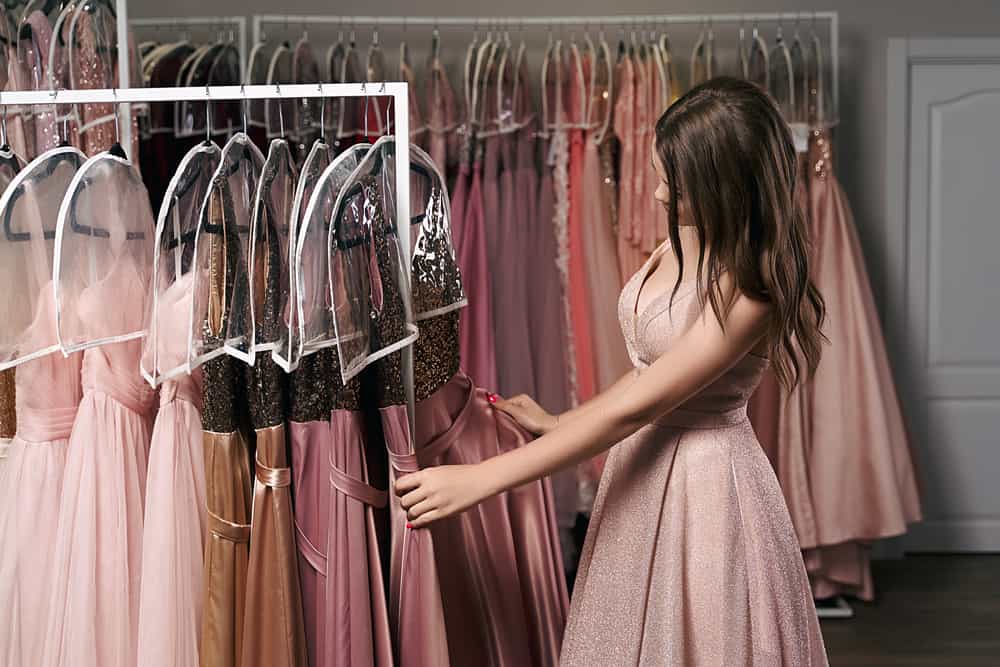
There are many different types of dresses, everything from everyday dresses to ceremonial dresses that are worn for special occasions. Dresses have ancient origins and over the years, there have been numerous variations and changes to the fashion world.
Designers are coming up with new ideas for dresses all the time. Because dresses are always changing and fashion trends are always being invented, it’s impossible to say at any one moment how many types of dresses there are. But no matter the number, there are plenty of dresses to choose from!
- What types of dresses have a slimming effect?
Some dresses can help emphasize your best assets (and smallest body parts) to give you an overall slimming effect. A V-neck dress that is cinched at the waist will help make the most of your curves and make your waist look smaller. A maxi dress will make you look longer and leaner.
- How can you match types of dresses to body type?
Some types of dresses look really great on certain body types but not that hot on others. Learn how to dress for your body type and you’ll learn how to make the most out your assets.
If you have an ample bust and broad shoulders, with a lower body that’s somewhat slimmer, you have more of an apple body shape. A-line and empire waist gowns will help elongate and slim your waist while still highlighting your bustline.
If you have a well-defined waist with a bustline and hipline that are pretty much the same width, you have an hourglass shape. Dresses that cling to your curves will serve you well if you have an hourglass shape. A-line dresses work great as well. Though many say that the hourglass is the coveted shape, an hourglass figure can be difficult to dress. The trick is don’t try to hide those curves and show off that hourglass figure by wearing dresses that fit the waist.
If you have a smaller waistline with hips that are wider than your bust, you have a pear shaped body. Look for dresses with ruffled tops or a lot of detail around the shoulder area. A-line dresses also look good on pear-shaped figures.
The rectangular body shape is somewhat balanced throughout. A-line dresses and dresses with layers or ruffles work wonders on a rectangular body. Anything that is sleeveless or strapless works well on this body type.
Some types of dresses are designed to emphasize specific areas of your body, so you can create the illusion of having an hourglass figure. A peplum skirt and blouse, sometimes called a peplum dress, has an extra ruffle of fabric around the hips that helps make you look curvier.
- Which types of dresses hide belly fat?
If you have to camouflage belly fat, try a higher waistline. An empire waist, for example, will help hide your belly.
- Which types of dresses are business casual?
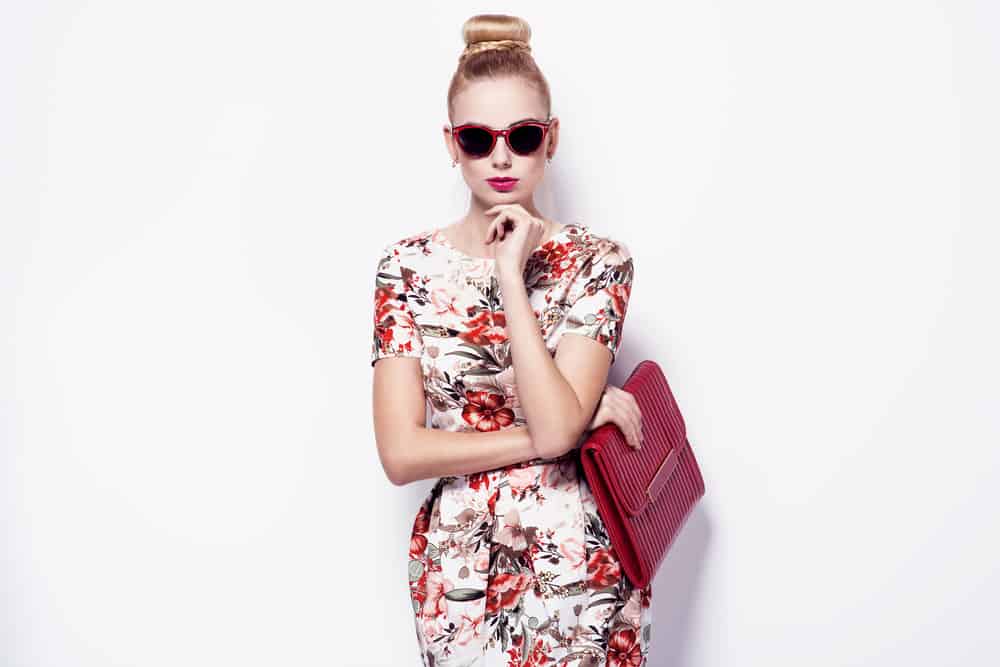
It’s very difficult to dress business casual. This is a bit of an ill-defined dress code. There aren’t a lot of dresses that can suit this look. However, a sheath paired with a blazer will work nicely for any business casual setting. A peplum dress (which is really a peplum skirt with a matching top) also looks great in any professional setting.
- Can dresses be altered?
There are many things a tailor can do to alter a dress. The neckline can be changed, a zipper can be added, skirts can be shortened, even a lining can be added. But the shoulders of any dress cannot be adjusted much. Dresses can be made a little bit bigger or a little bit smaller but big size differences are not possible with most dress styles.
- Can dresses be dyed?
Dresses can be dyed a different color, with many exceptions. A white dress can be dyed just about any color you like. A black dress, however, really cannot be dyed so easily. Darker colors are, of course, much more difficult to dye. Fabric that already has a color to it may react in different ways with dye, creating color shades you didn’t expect. You can use a color remover to attempt to lighten the fabric but this may have mixed results.
Also, different fabrics react differently with dyes. A cotton dress will dye differently than a silk dress, for example.
- How many dresses should a woman own and which dresses should every woman own?
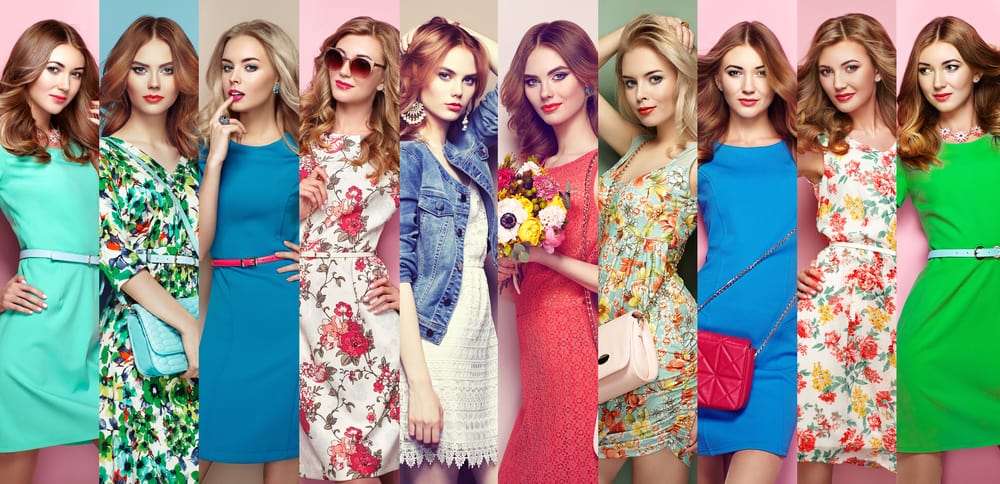
There are many occasions in life where you may need to wear a dress because it’s appropriate and it’s the right look. A wedding, a funeral, a formal event, an important business meeting…there are many reasons why you might need to put on a dress. So how many dresses should you have on hand just to make sure you’re ready for anything that may happen?
Popsugar suggests that every woman have at least one “work sheath,” a professional sheath that will look great under a blazer or by itself. Choose a sheath in a muted color that fits well, not too tightly, and has a high-cut neckline.
A maxi dress is another great closet addition. This long, flowing dress looks great for casual to semi-formal events. It’s a go-to for any work picnic, beach wedding or garden party. Make sure you also keep a sweater dress on hand, because sometimes events that require dresses happen during fall and winter, too.
You should also have at least one formal dress you can slip into if needed. You never know when you’re going to get an invite to a formal event on short notice but you will know you can attend as long as you’ve got a dress ready to go. For this same reason, you want to have at least one cocktail dress. For most women, this can double as a little black dress, the go-to, wear-anywhere dress that will never steer you wrong.
Keep a sundress handy for vacations, days at the lake and all those other fun summer events and parties that may crop up during the hotter months of the year.
If you keep these five dresses in your closet, you will be well-dressed and ready for any occasion that arrives, even when it happens at the last minute.
- Why don’t dresses have pockets?
There are several oddities in fashion. For example, you may have noticed that buttons and zippers on women’s clothing are on the opposite side they’re on in men’s clothing. Another one of those quirks of fashion is the pockets. Meaning, of course, that lots of women’s clothes don’t have any. So…what’s that about?
No clothing was made with pockets hundreds of years ago. Pockets were separate cloth pouches worn under the clothing that were used to carry money and small personal items. It was about 400 years ago that pockets were added to men’s clothing. Women’s clothing, however, still went without.
This trend has continued through the centuries and even today, as lots of women’s clothing is still made with no pockets. This is because women’s clothing is often made to flatter and define the lines and curves of the body. Pockets would add bulk. While men’s clothing has historically been designed for practically and function, as well as for fashion, women’s clothing is all about looks.
- Which types of dresses look good with boots?
There are many different ways to pair boots with dresses. Boots can look great with any type of dress. According to Real Simple, you can pair ankle boots with pretty much everything you own, including dresses. Knee-high, over-the thigh and many other types of boots look great with dresses of all lengths. Play around with different combinations. If you like it, wear it!
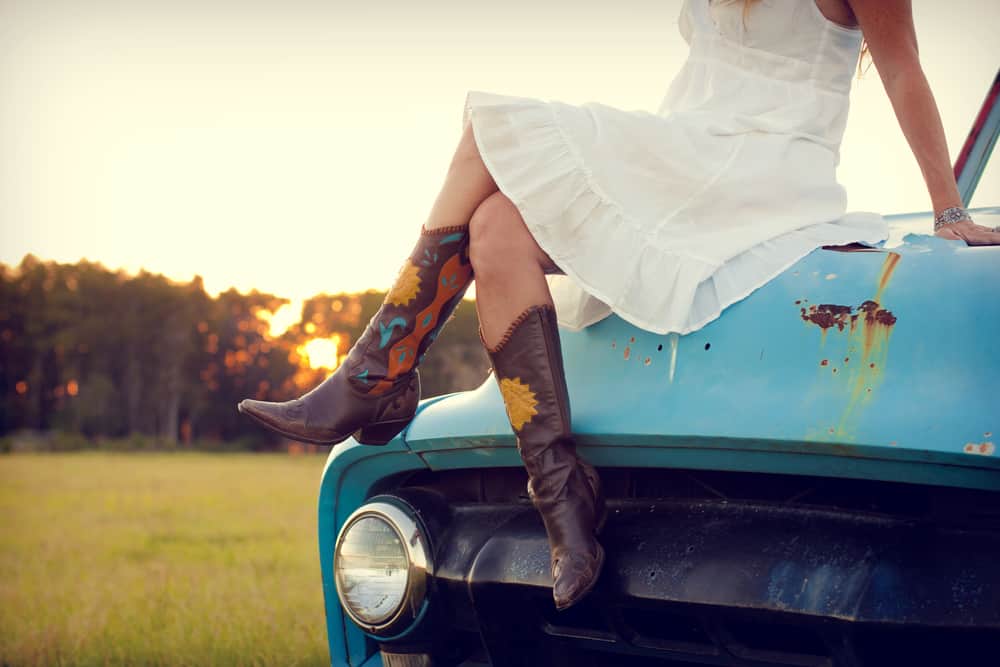
Don’t forget: any time you need to keep your legs warm, just add tights. This way, you can wear boots and dresses in any length you like.
- How should you style dresses with jackets?
Dresses and jackets are a natural fashion fit. A jacket is a great way to add another layer to your outfit and it’s a great way to style dresses.
Add a pop to any dress with a blazer. The blazer is a quick way to make a dress look more professional and more polished. Don’t restrict it just to office wear. Blazers look great with dresses in all sorts of settings. A blazer is a great way to go from a day look to an evening look. Just remove the blazer when the evening arrives.
If you want to add a touch of glam to your dress, reach for a faux fur jacket. A little bit of fur goes a long way toward giving you that movie star energy. If you’re going for a look of elegance, a wool coat won’t let you down. This adds the right touch of class and style that will make your look stand out.
Leather jackets are a great way to add a little edginess to any dress. This instantly adds a bit of a rock star vibe to any dress and it’s a great, easy way to liven up any outfit.
A denim jacket will immediately add a casual, laid-back flair to your look. This shows that you aren’t afraid to get your hands dirty even while you’re busy looking fabulous. A denim jacket can also be paired with a denim dress to create a chic look. A denim dress is a great match for a leather jacket, too.
- What is the most popular type of dress?
Women have been wearing dresses for thousands of years and pretty much everybody has a favorite. All women are different and have different bodies, so the dress that looks great on you might not look amazing on someone else. There is no one specific type or cut of dress that stands above the rest by most criteria.
However, the most searched-for term on the internet involving dresses is usually “little black dress.” The classic LBD can be any cut or style, so long as it’s small and black. It makes sense that this is a popular style because the little black dress is famous for being able to go anywhere and look stylish while it’s doing it.
- Which dresses are in fashion?
Some dresses will never really go out of style because they have reached iconic fashion status. Simple sheath dresses, flattering fit and flare dresses and A-line dresses are great go-to choices if you’re not quite sure what’s trendy.
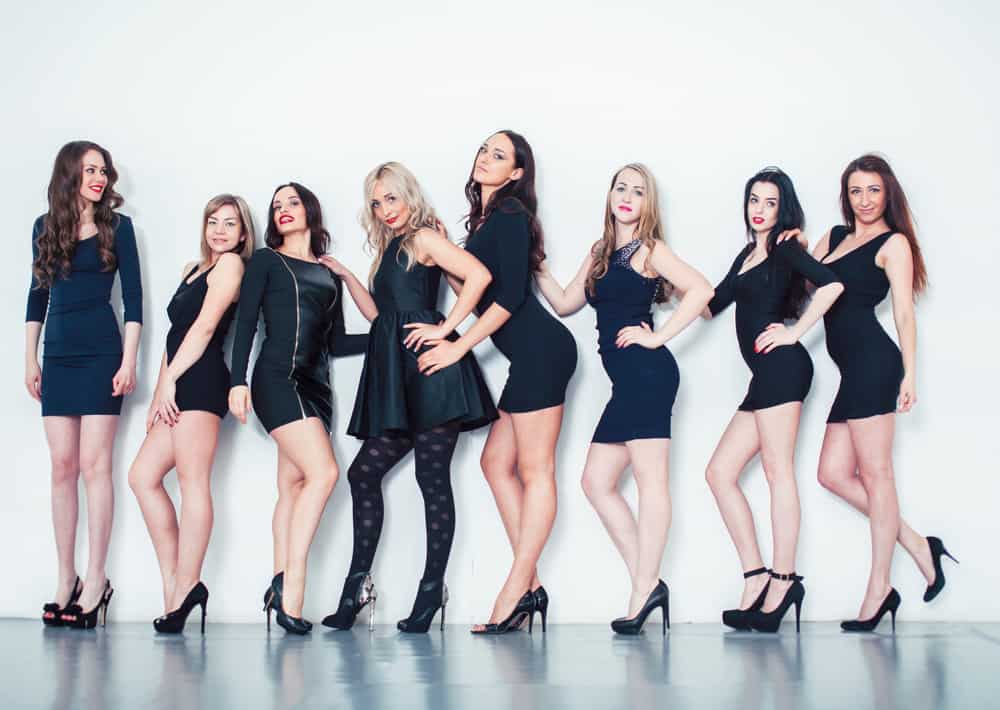
Right now, maxi dresses are hot on the fashion scene, according to WhoWhatWear. You’ll see them everywhere once you start looking. On the opposite end of the fashion spectrum, minidresses are also hot on the scene right now.
- How do you turn a summer dress into a winter dress?
Who says a summer dress can’t be a winter dress? Well…the weather. Summer dresses are made in lightweight, breezy fabrics and they’re often cut to promote airflow on the skin to keep you cool. However, there is a simple way to make just about any summer dress work as winter fashion: layers.
Wear your summer dress with warm tights underneath and a warm coat on top. You can also put on a long-sleeves blouse under your dress. Add a scarf for warmth and flair. Don’t forget boots! While it’s okay to get out your summer dress in winter, you want to leave the summer sandals in the closet. Opt for boots so your feet stay warm and protected.
References:
CafeMom: 20 Times Royal Women Looked Mesmerizing in Cape Dresses
The Fashion Folks: The History of the A-Line Dress
Harper’s Bazaar: The Evolution of Dresses Through the Ages
Joy of Clothes: Strapless Dresses
Pure Wow: The 63 Best Subscription Boxes for Every Interest
Sew Guide: 50+ different types of dresses for women
Simply Dresses: From Mini to Long: Get to Know Your Dress Lengths
Statista: U.S. Apparel Market – Statistics & Facts
TheTrendSpotter: 40 Types of Dresses for Every Women Should Know
W Magazine: Looking Back at Hervé Léger Designer Hervé L. Leroux, and All the Times When Bandage Dresses Ruled the World





